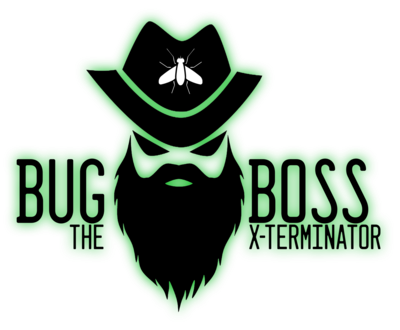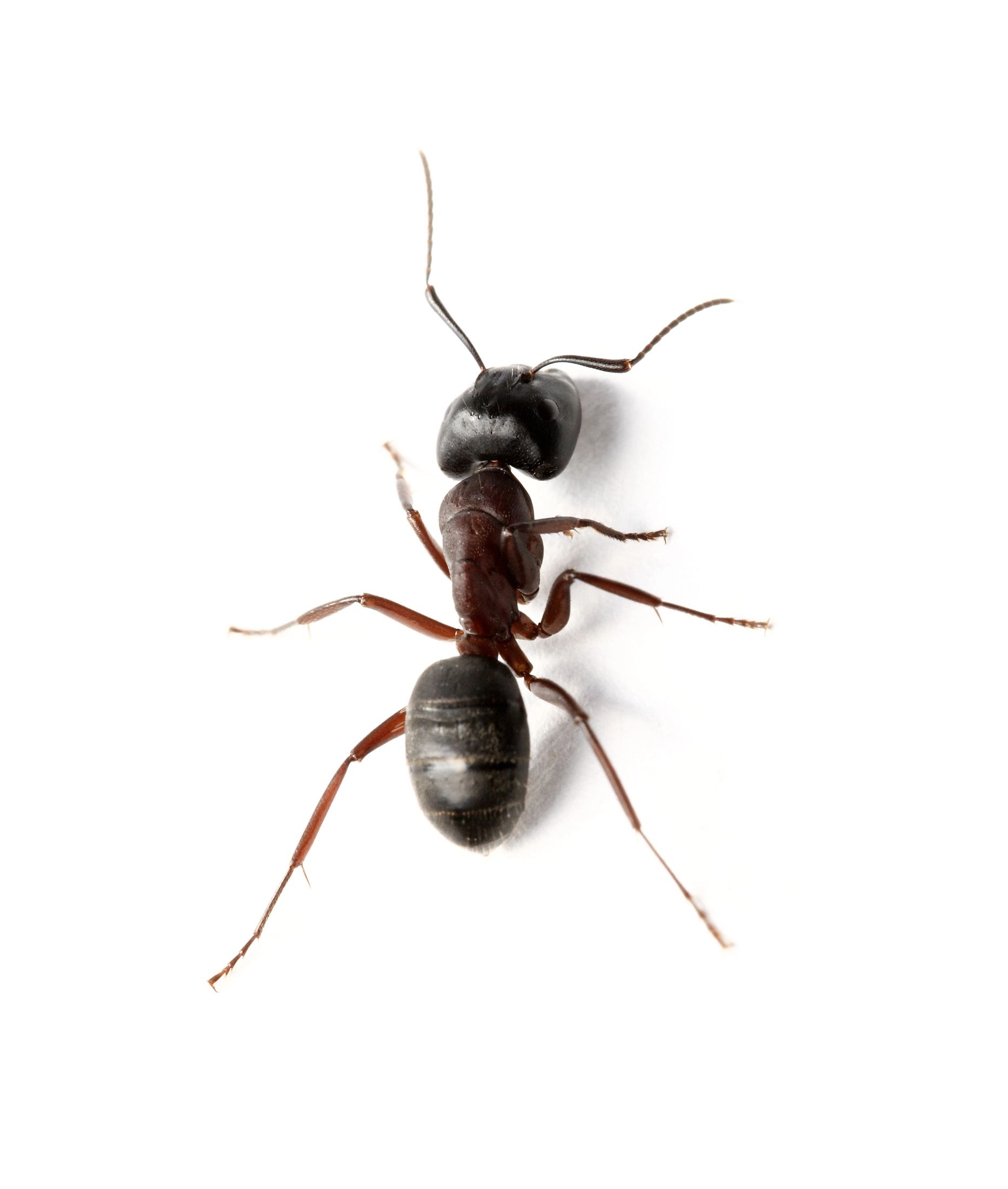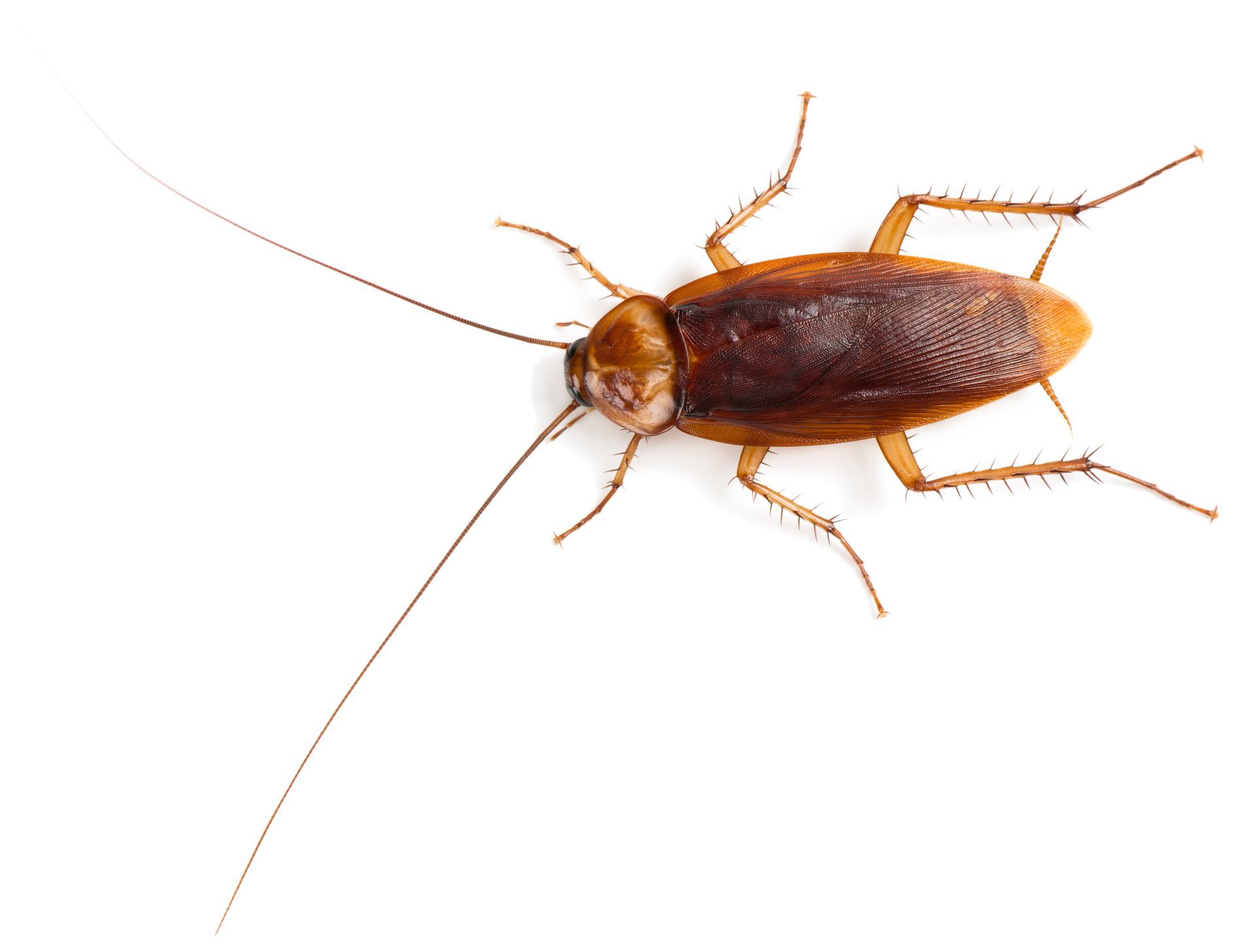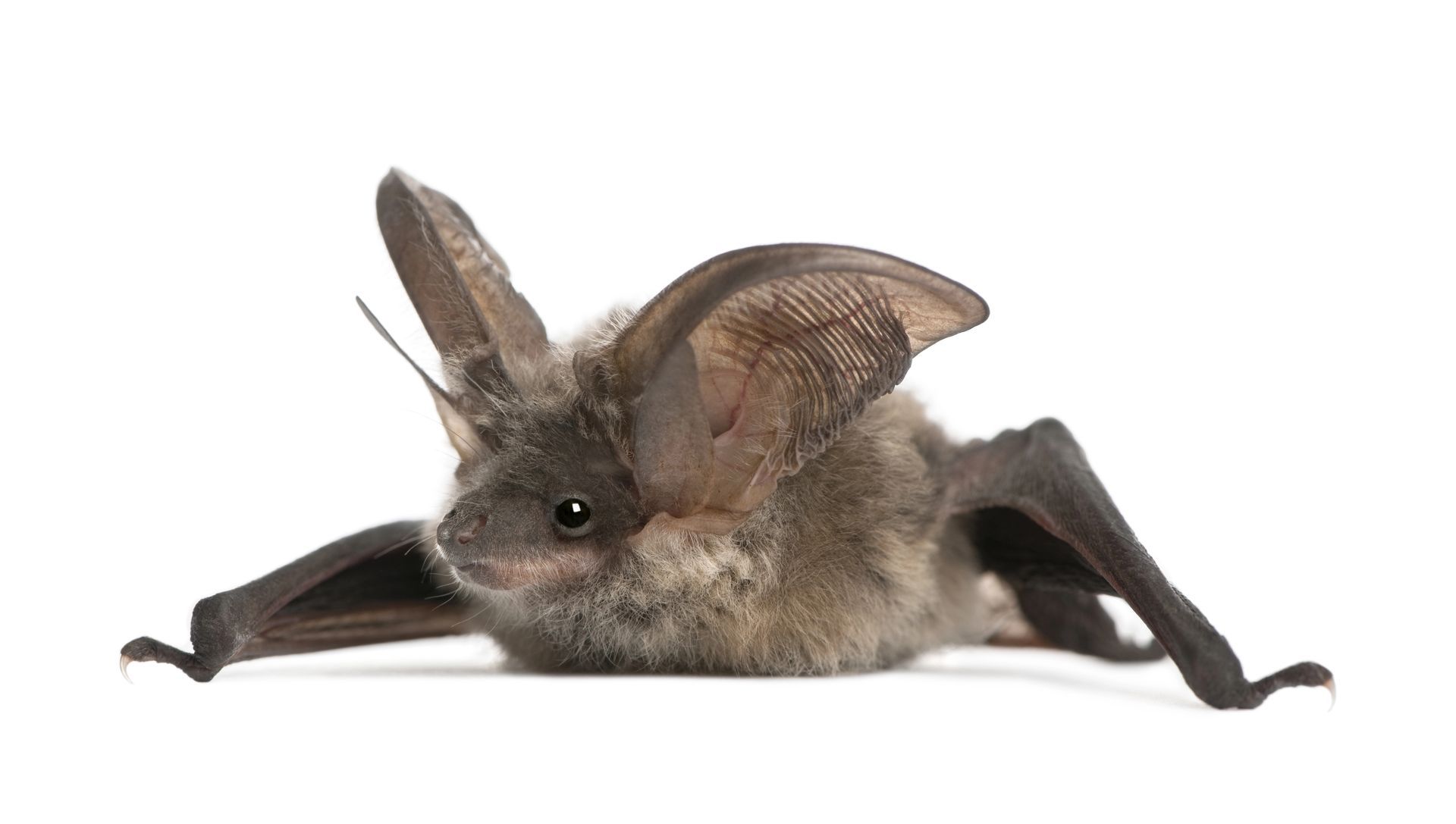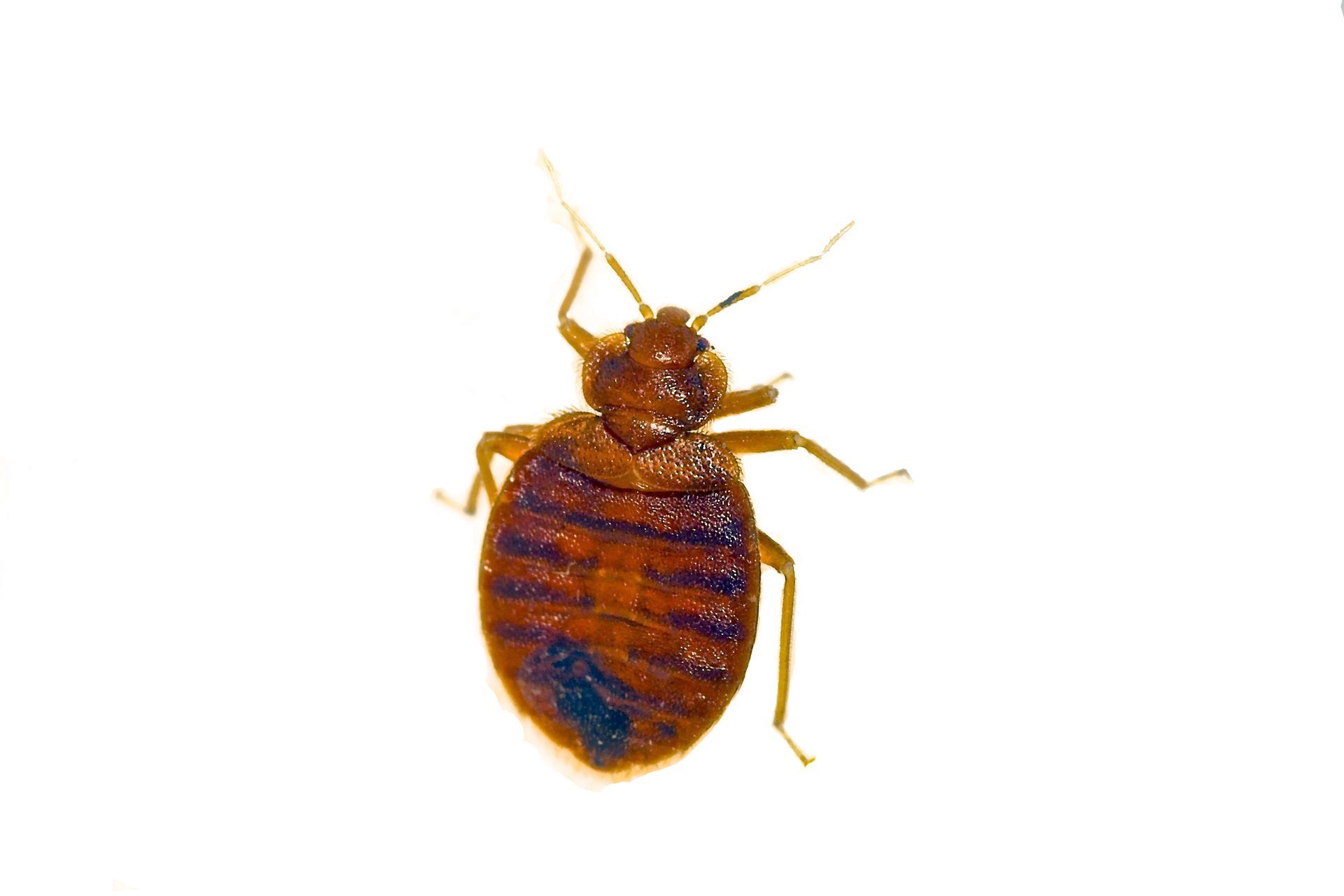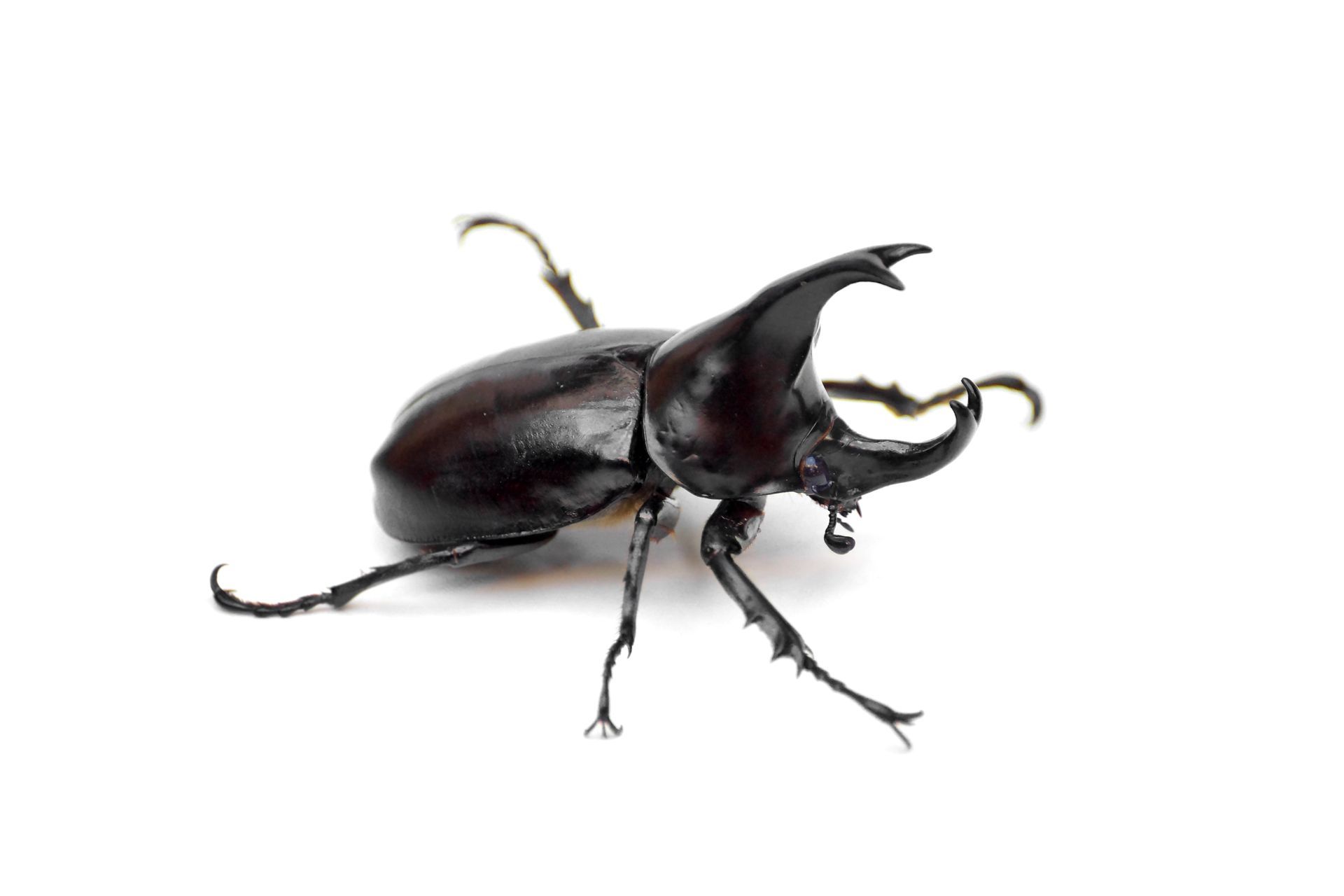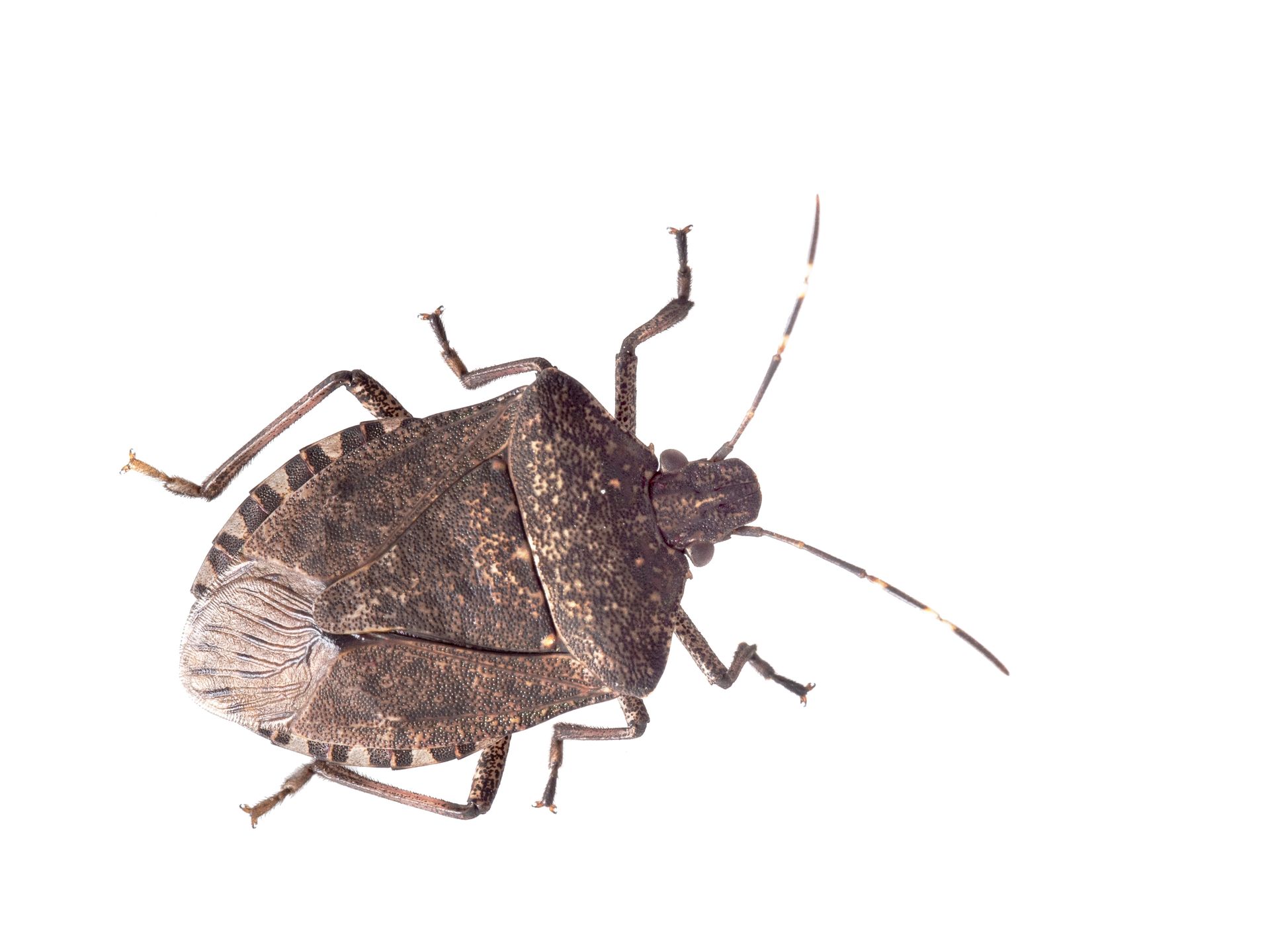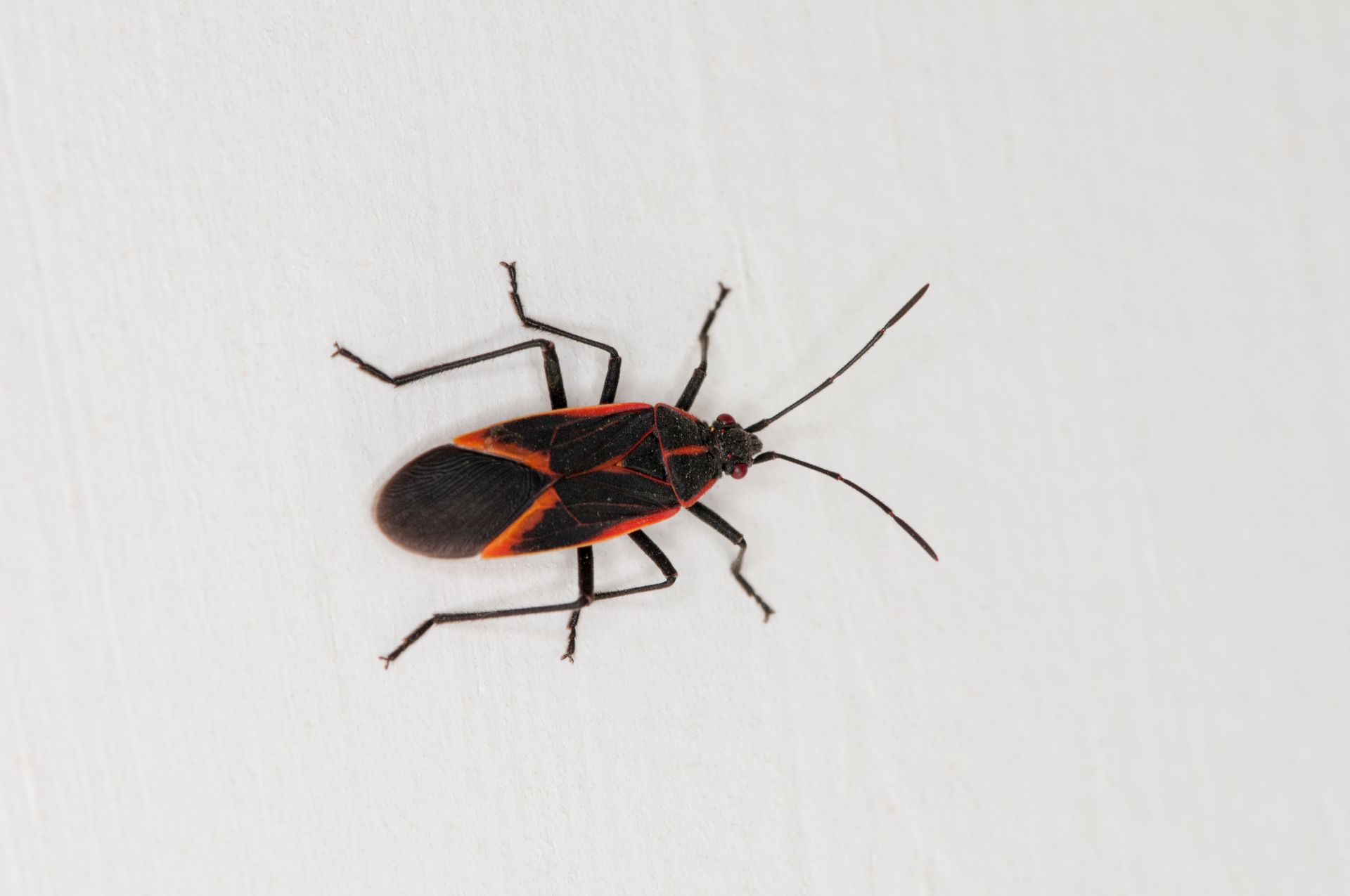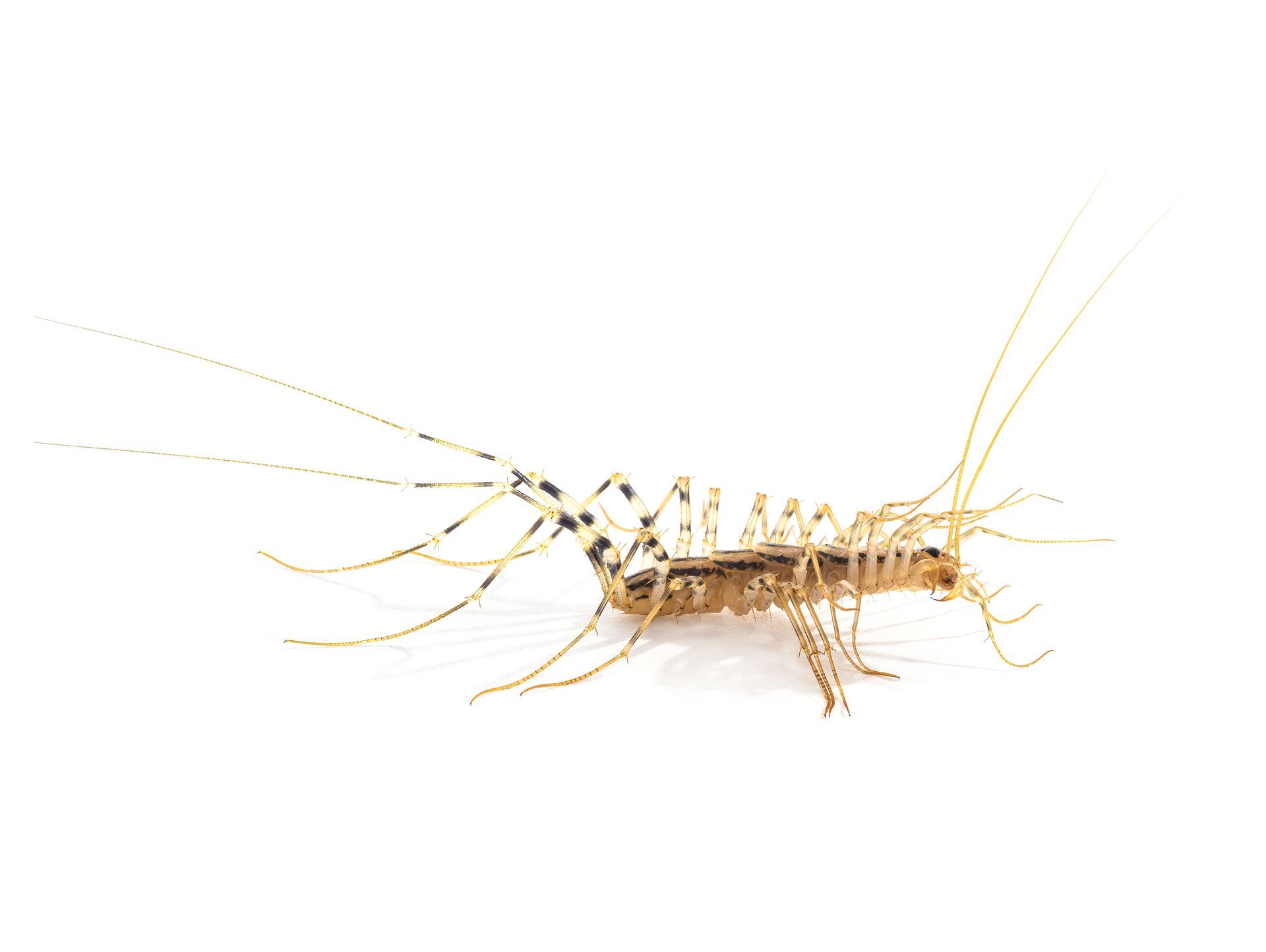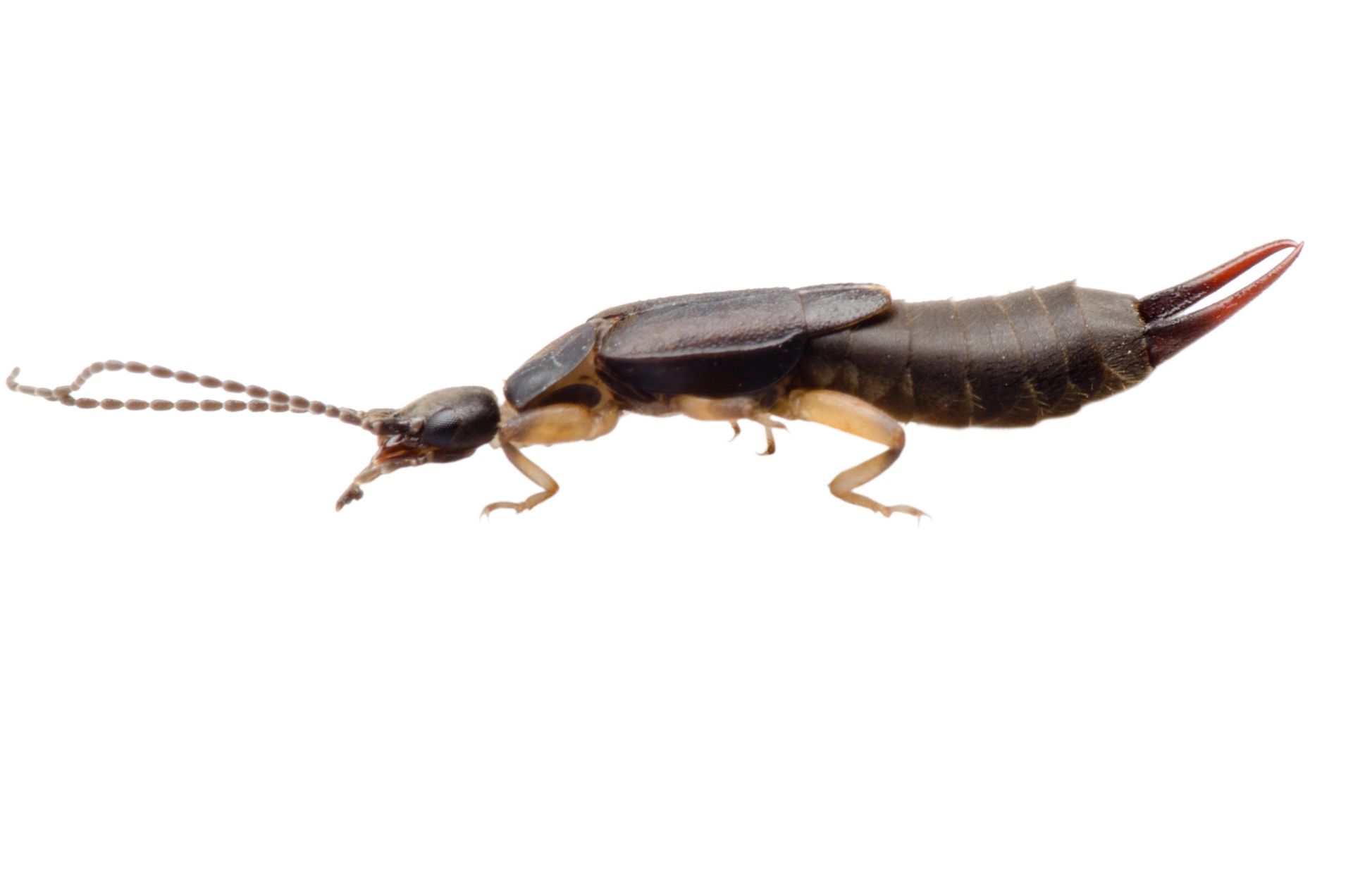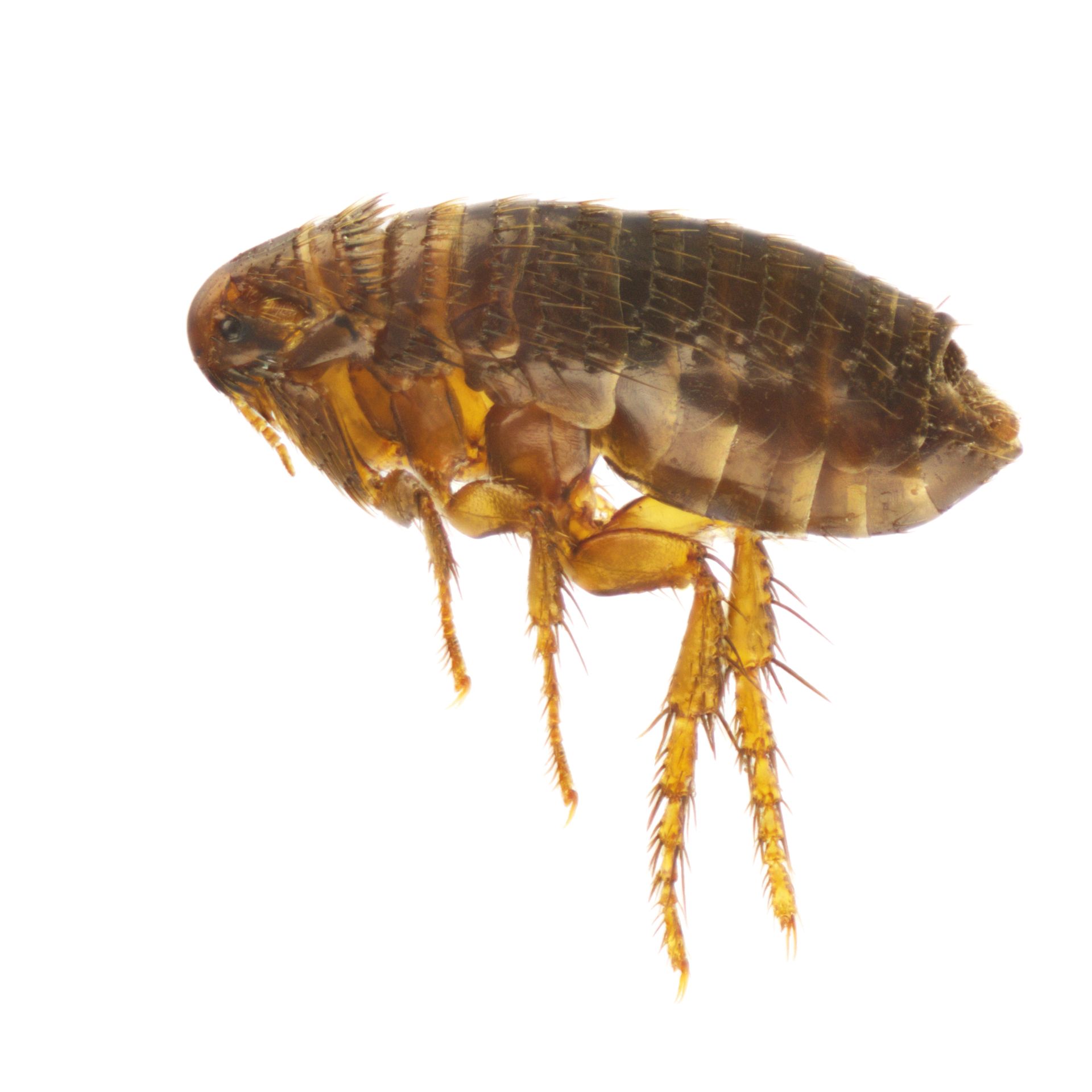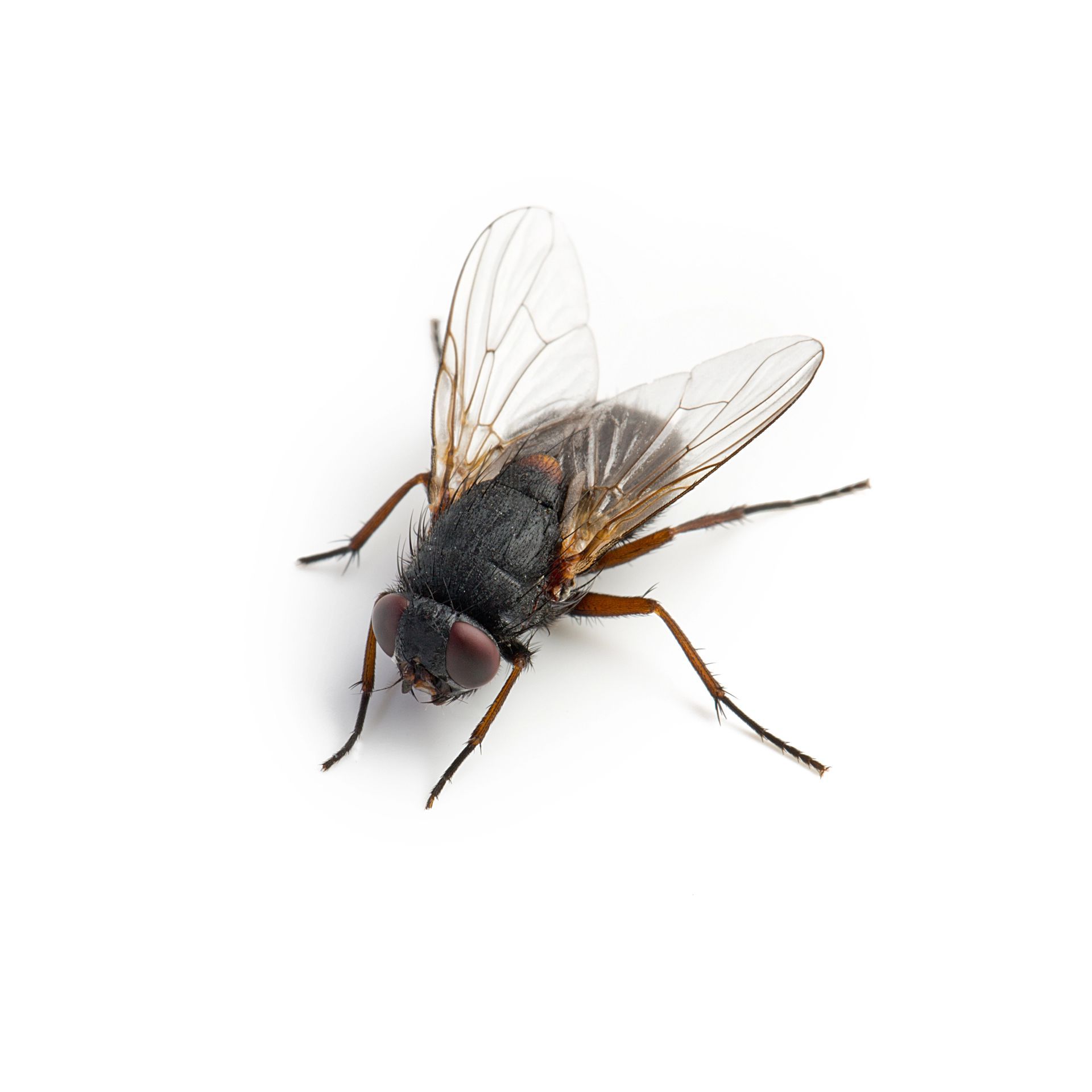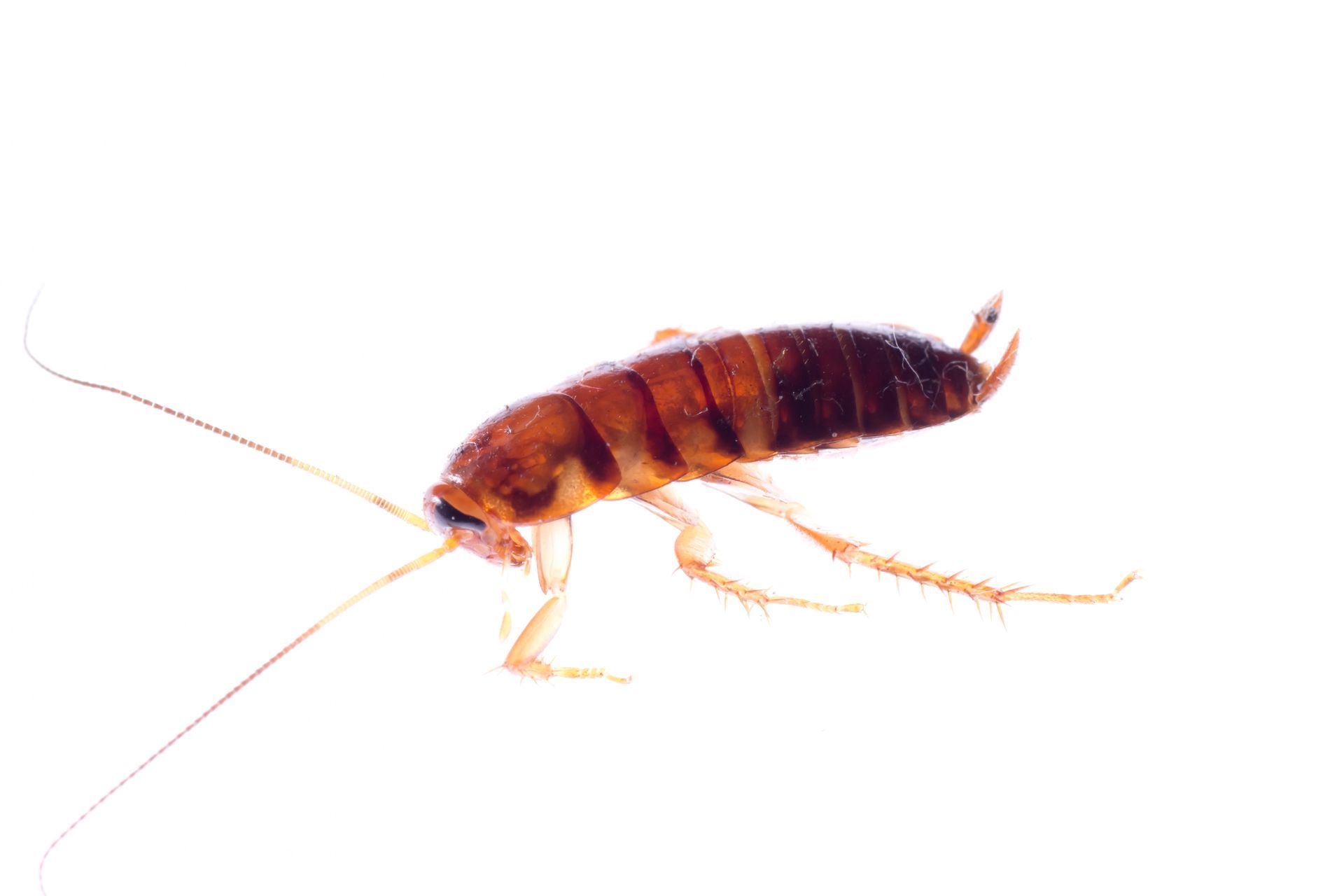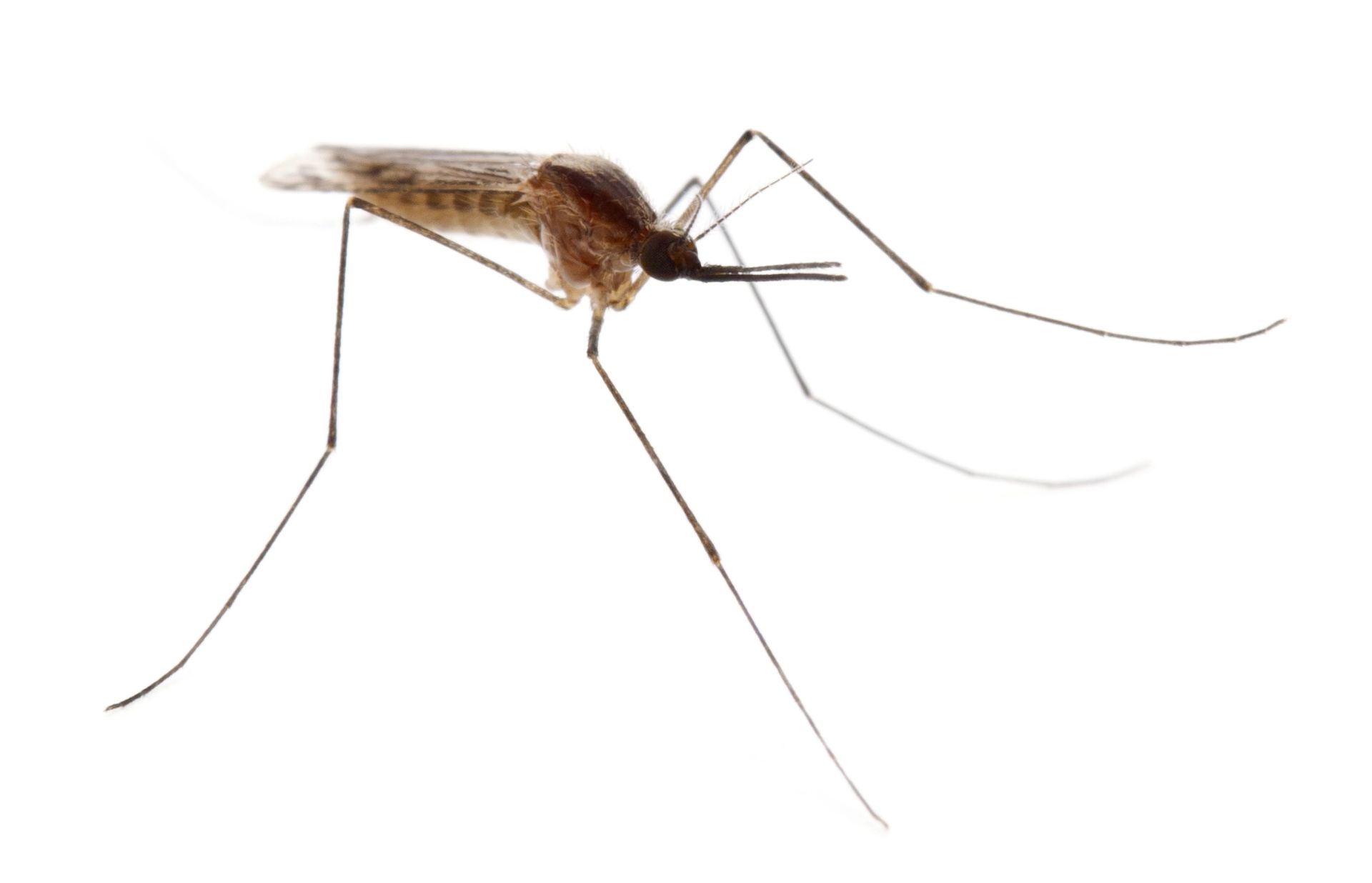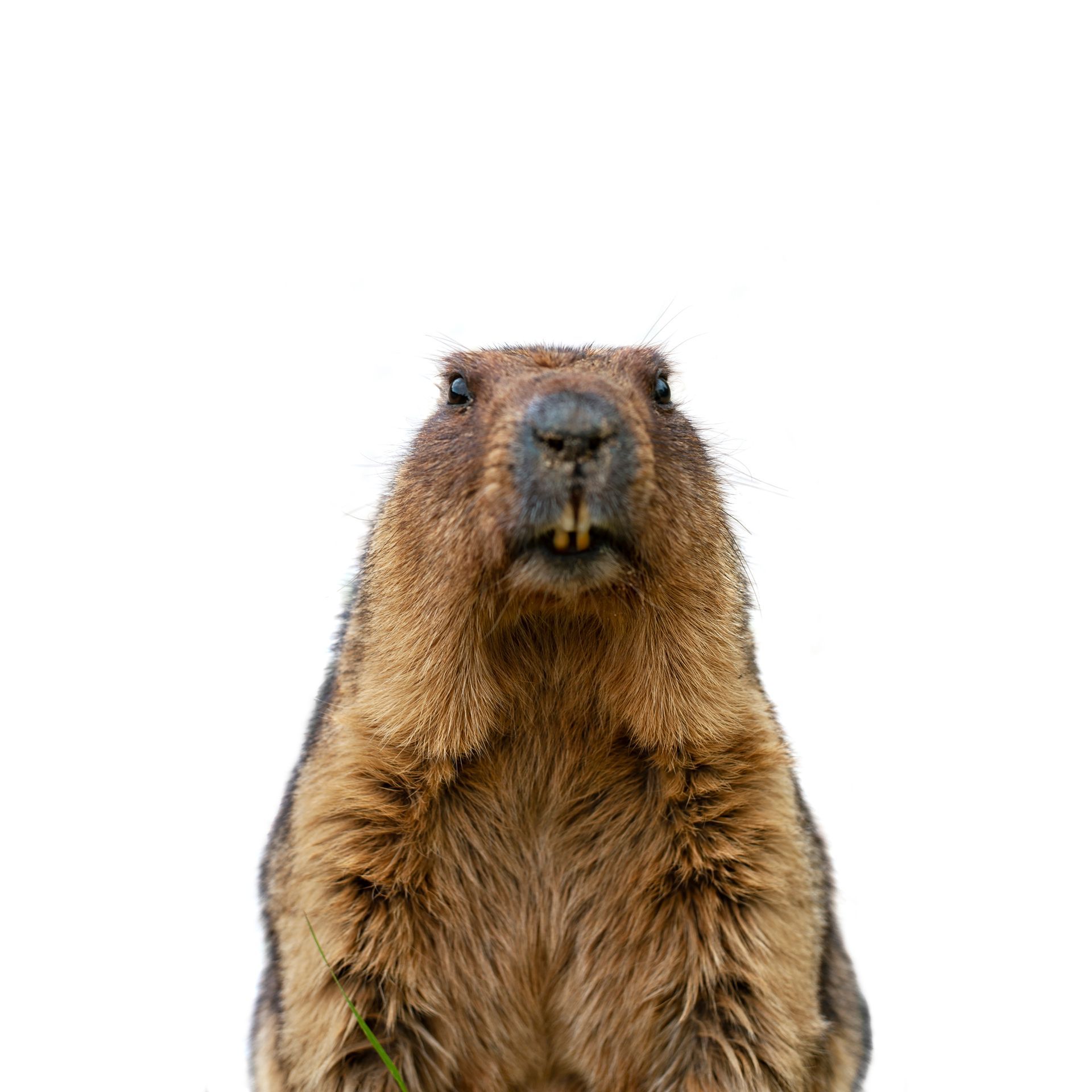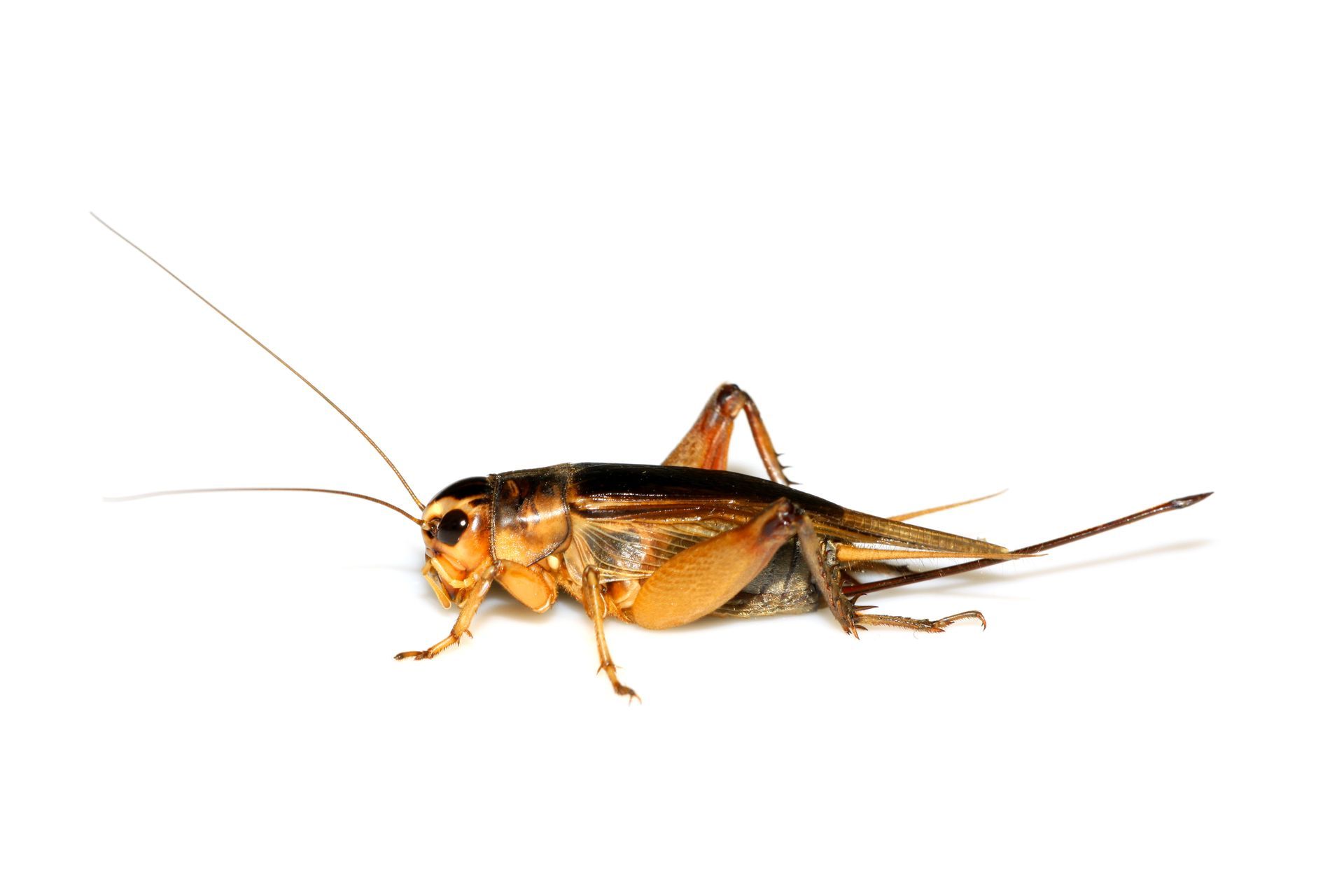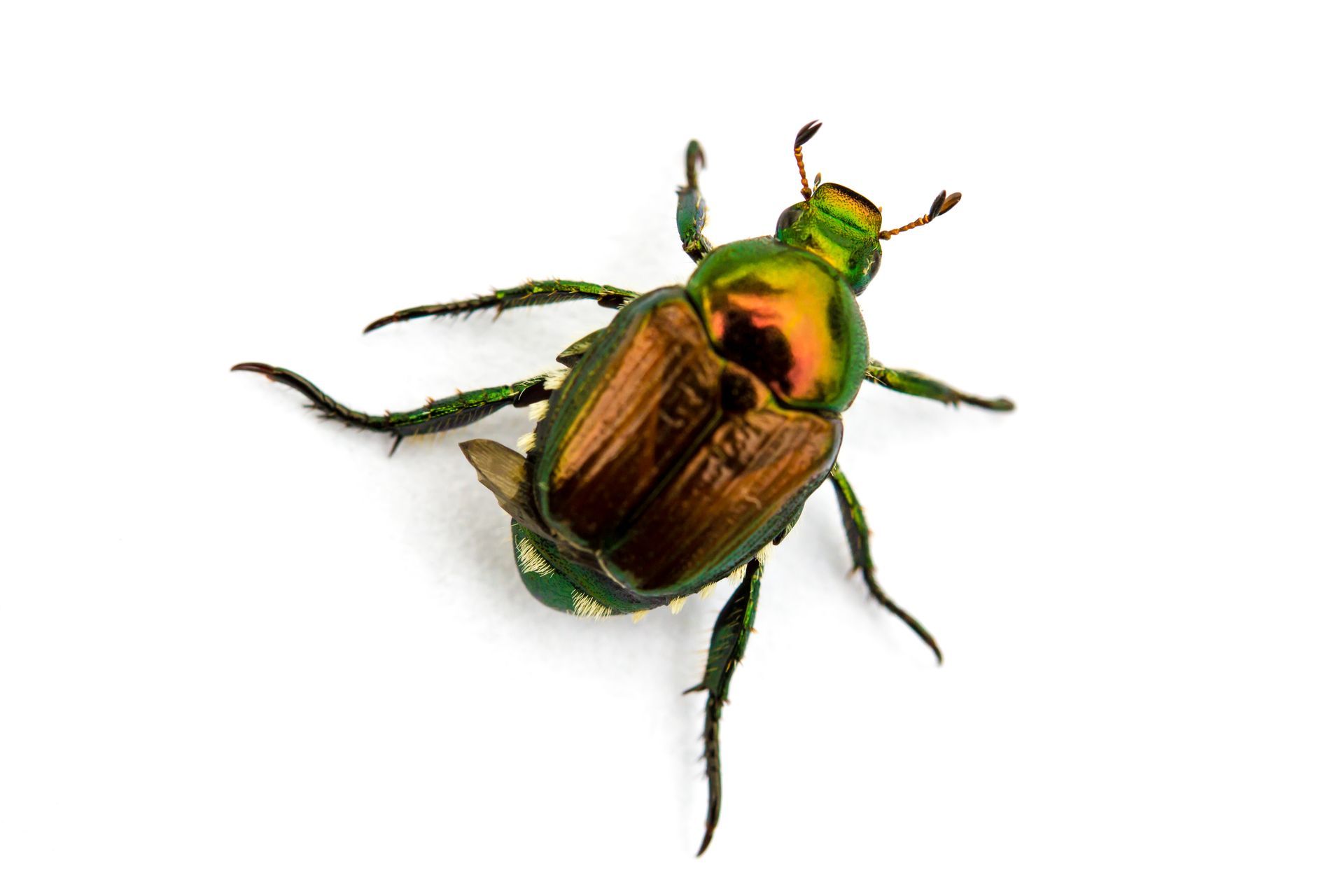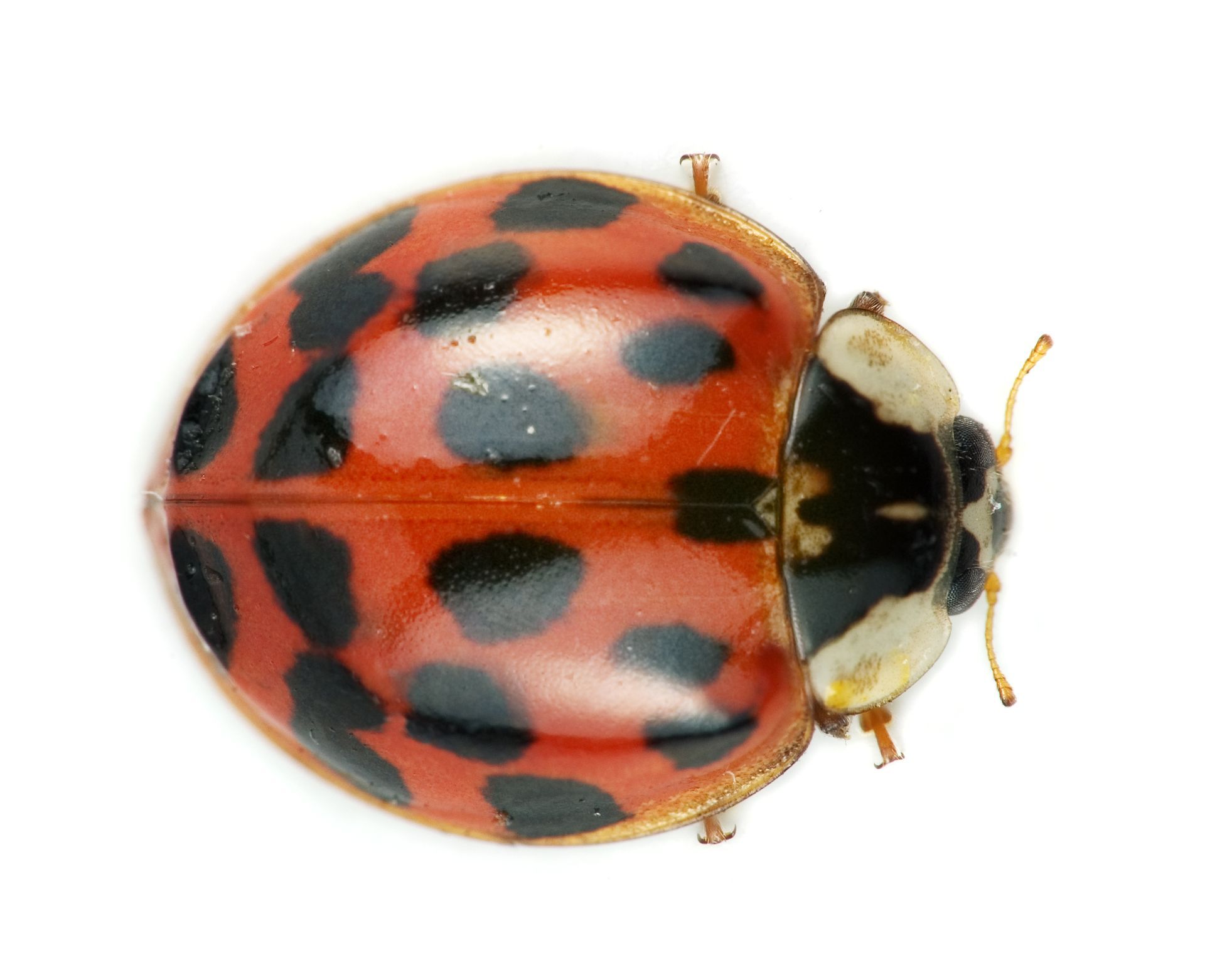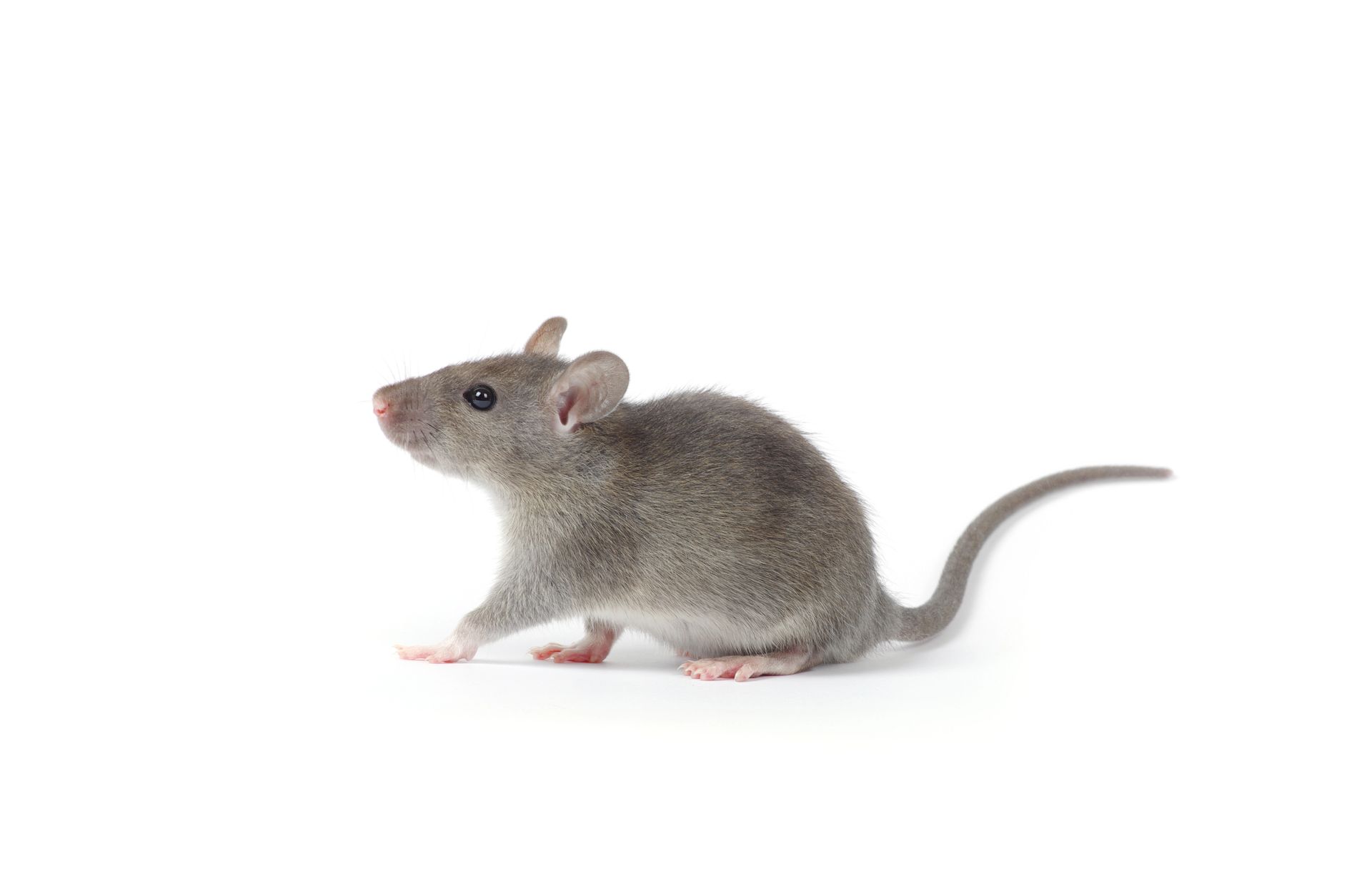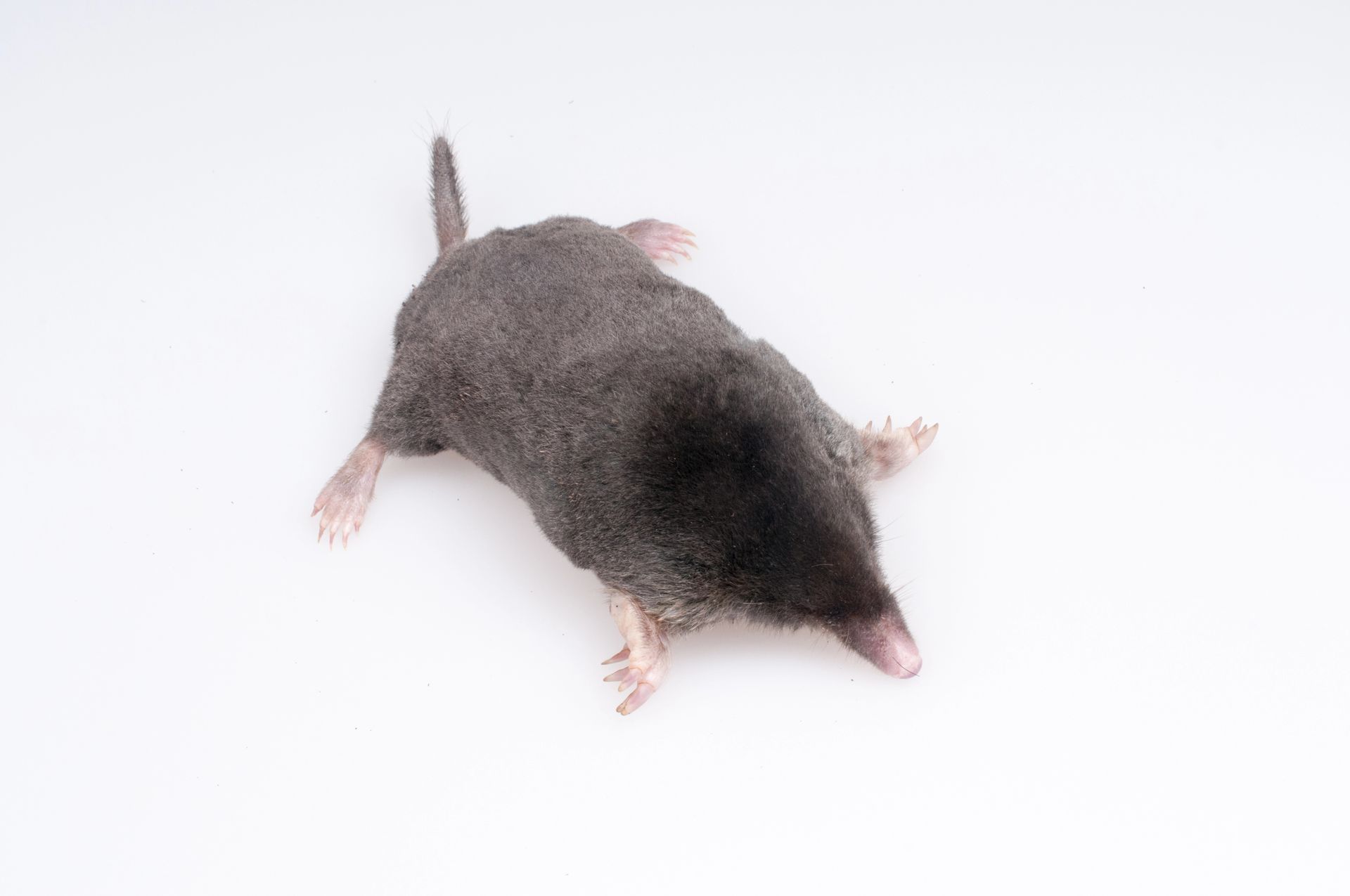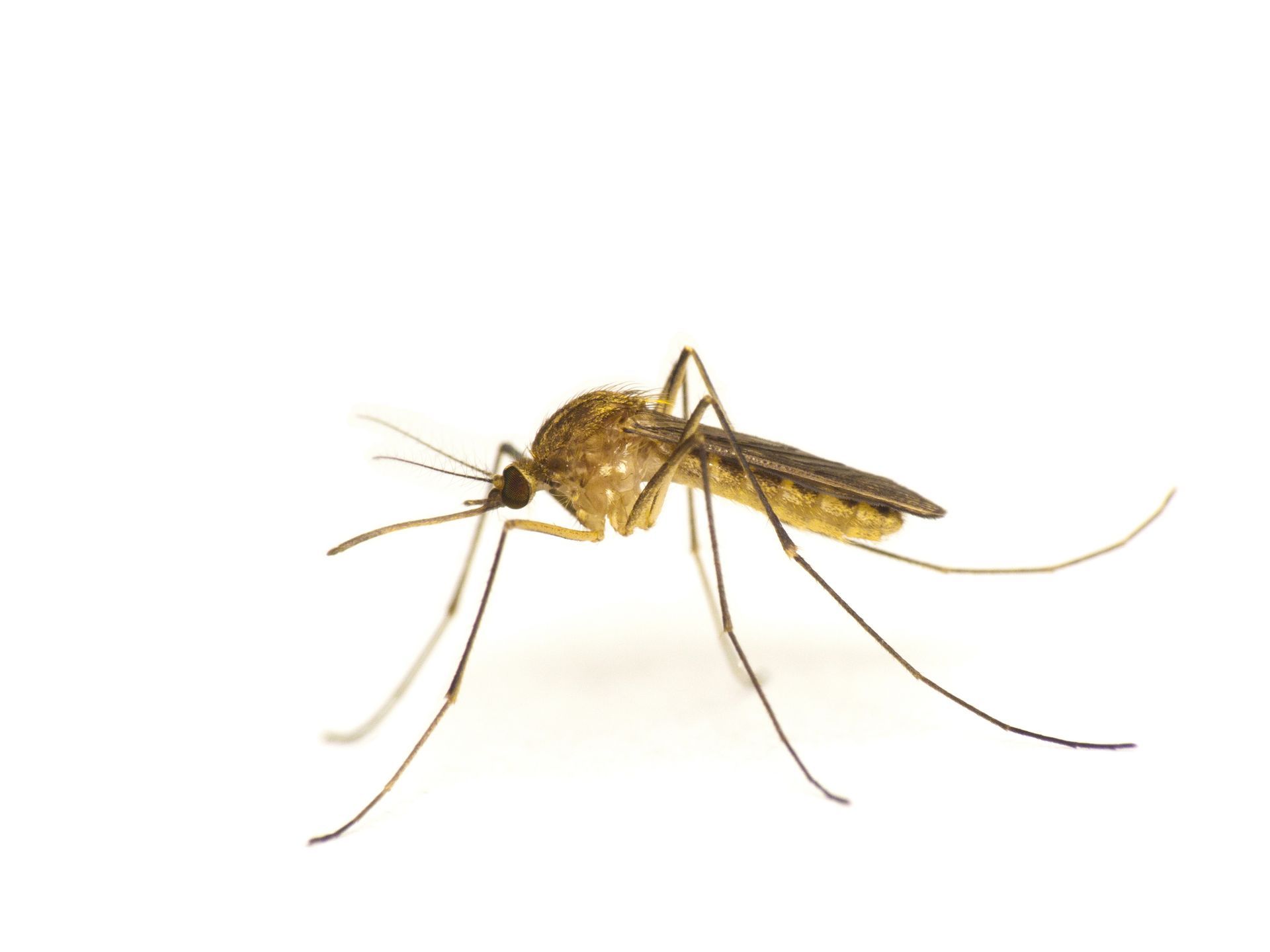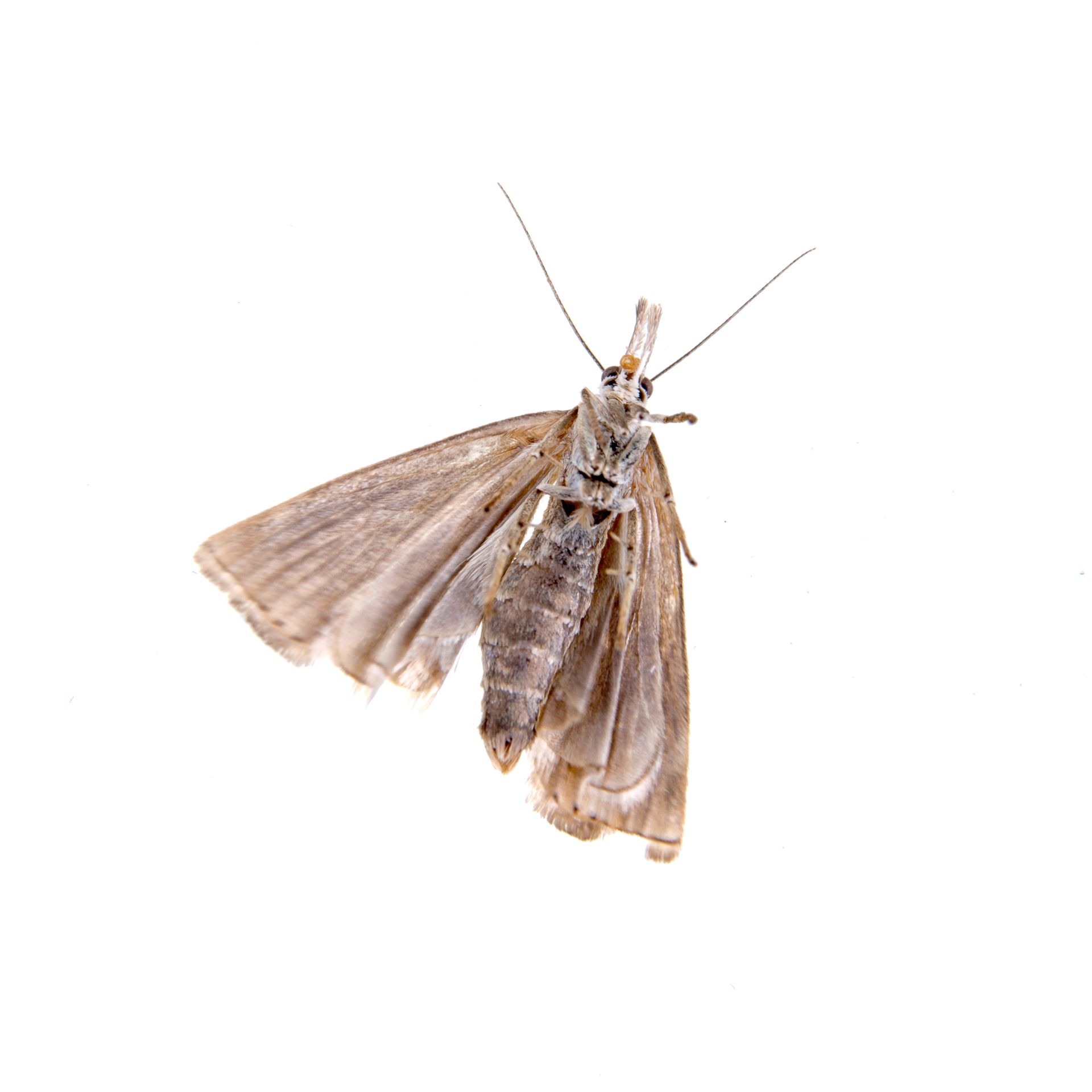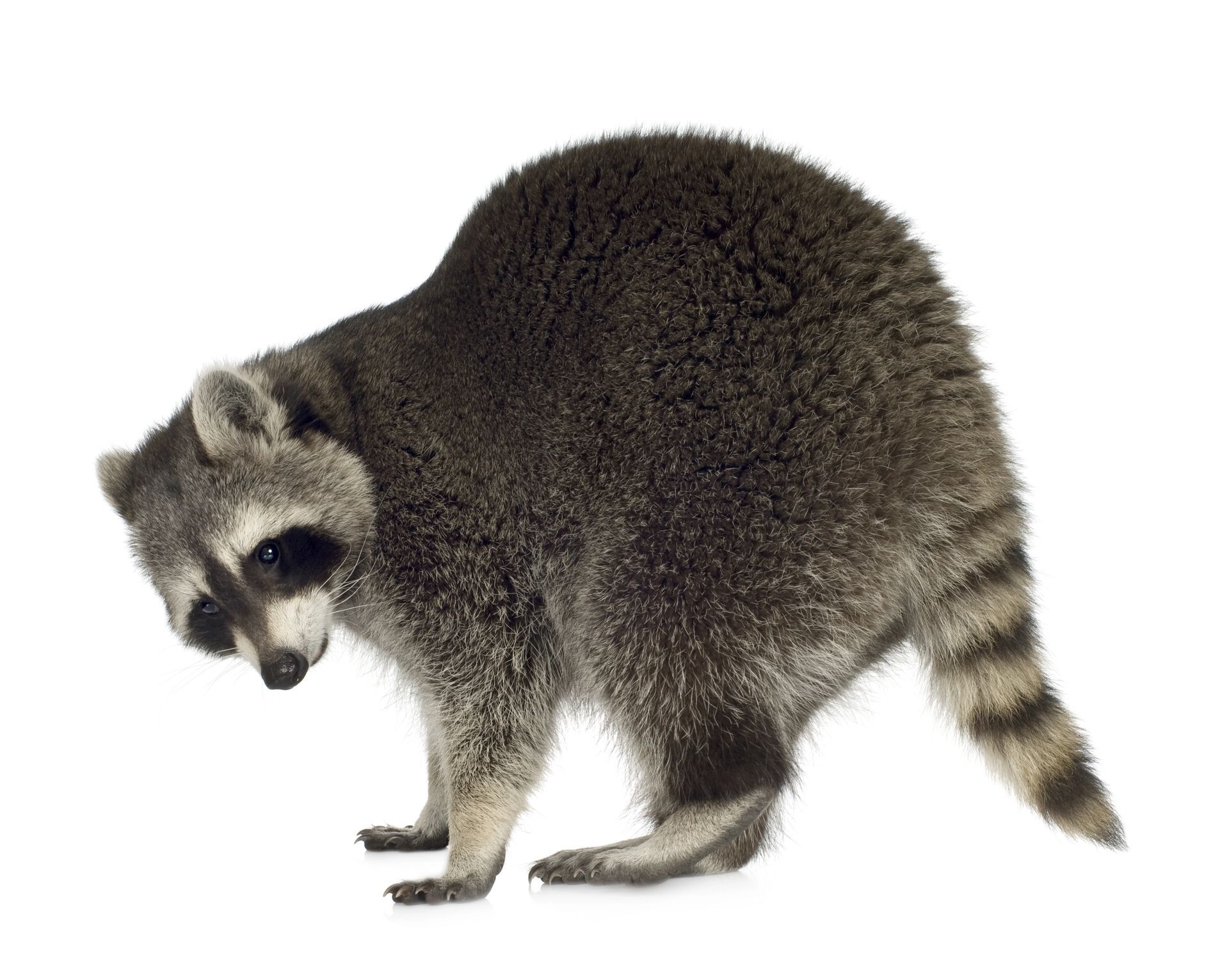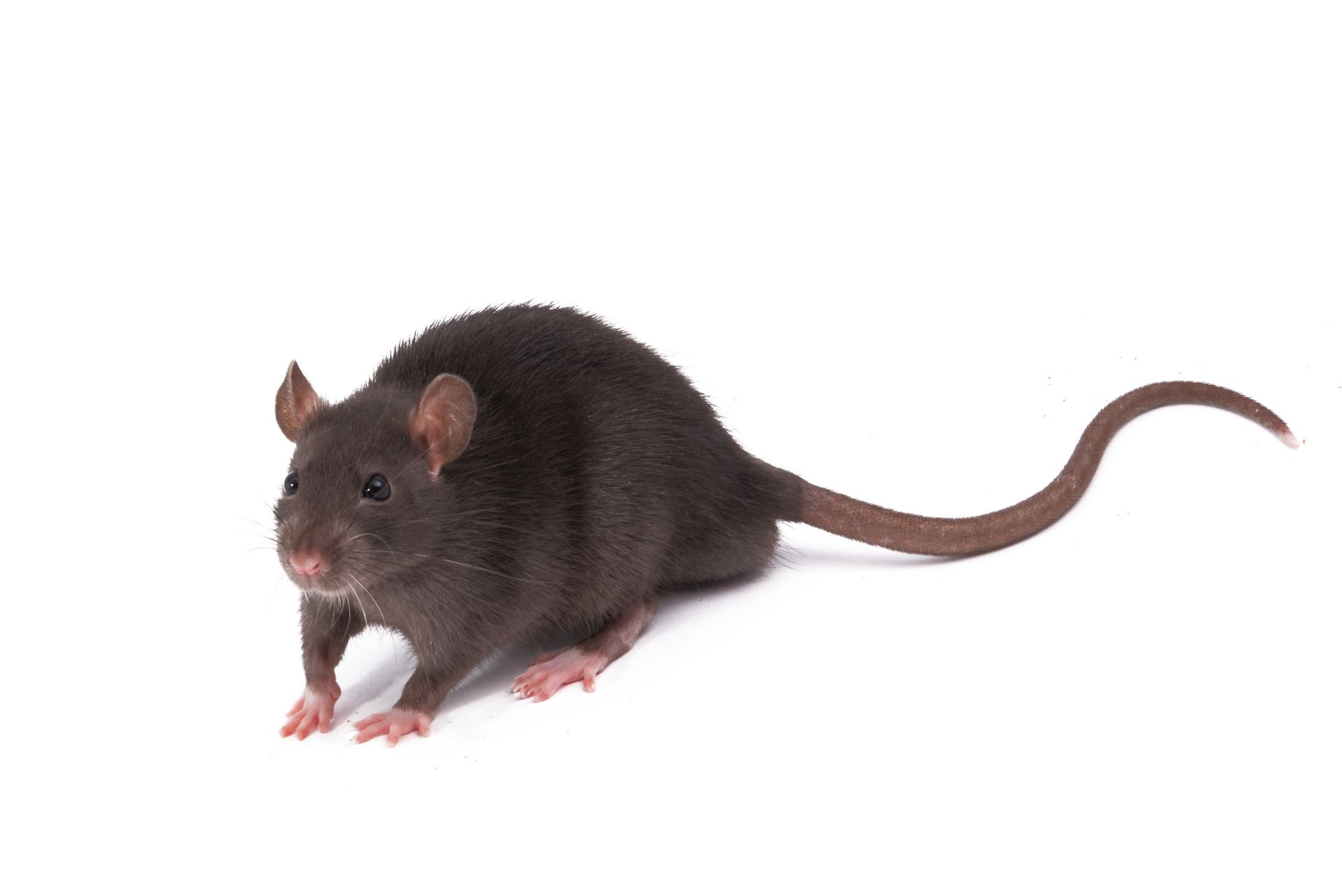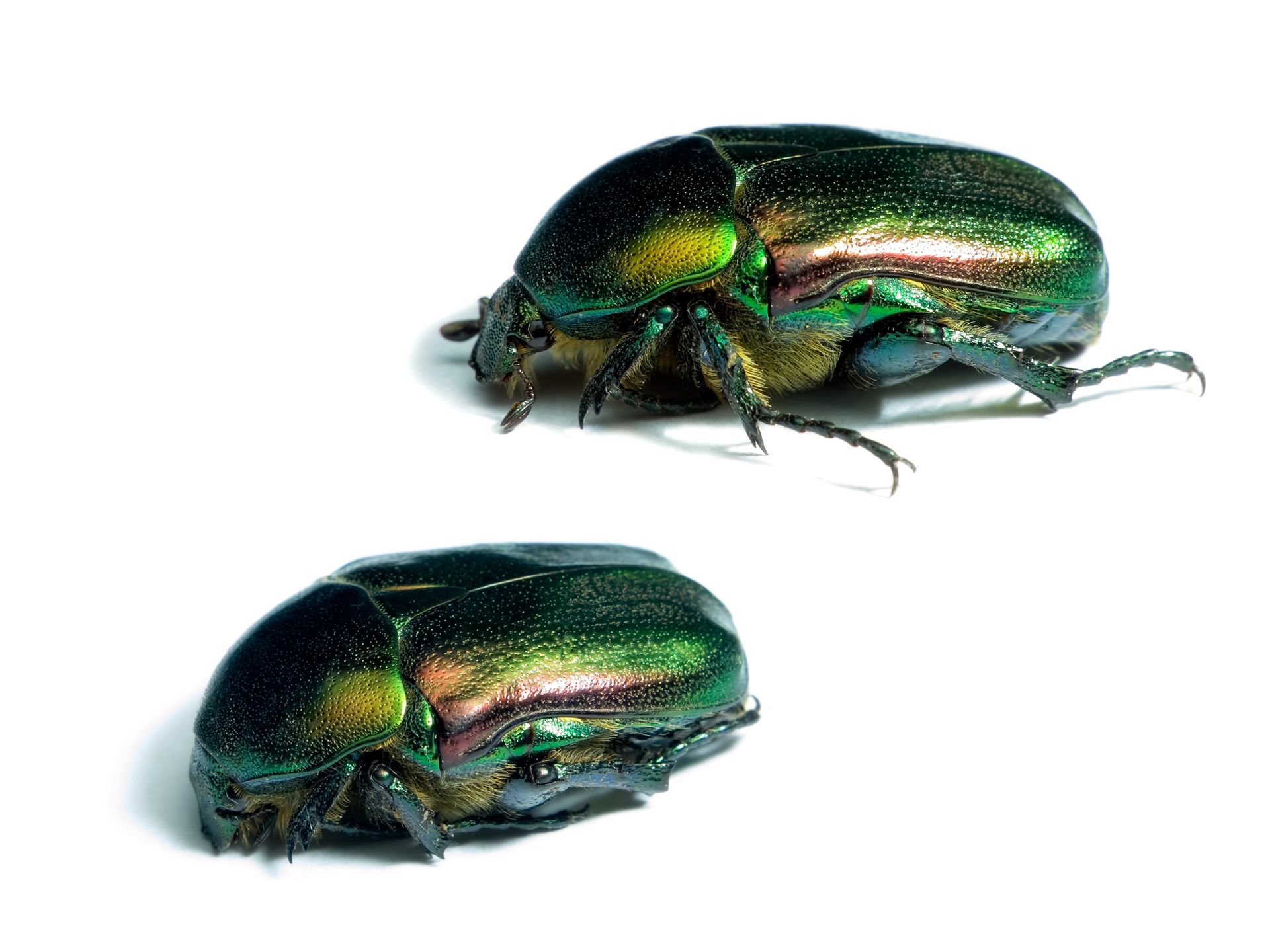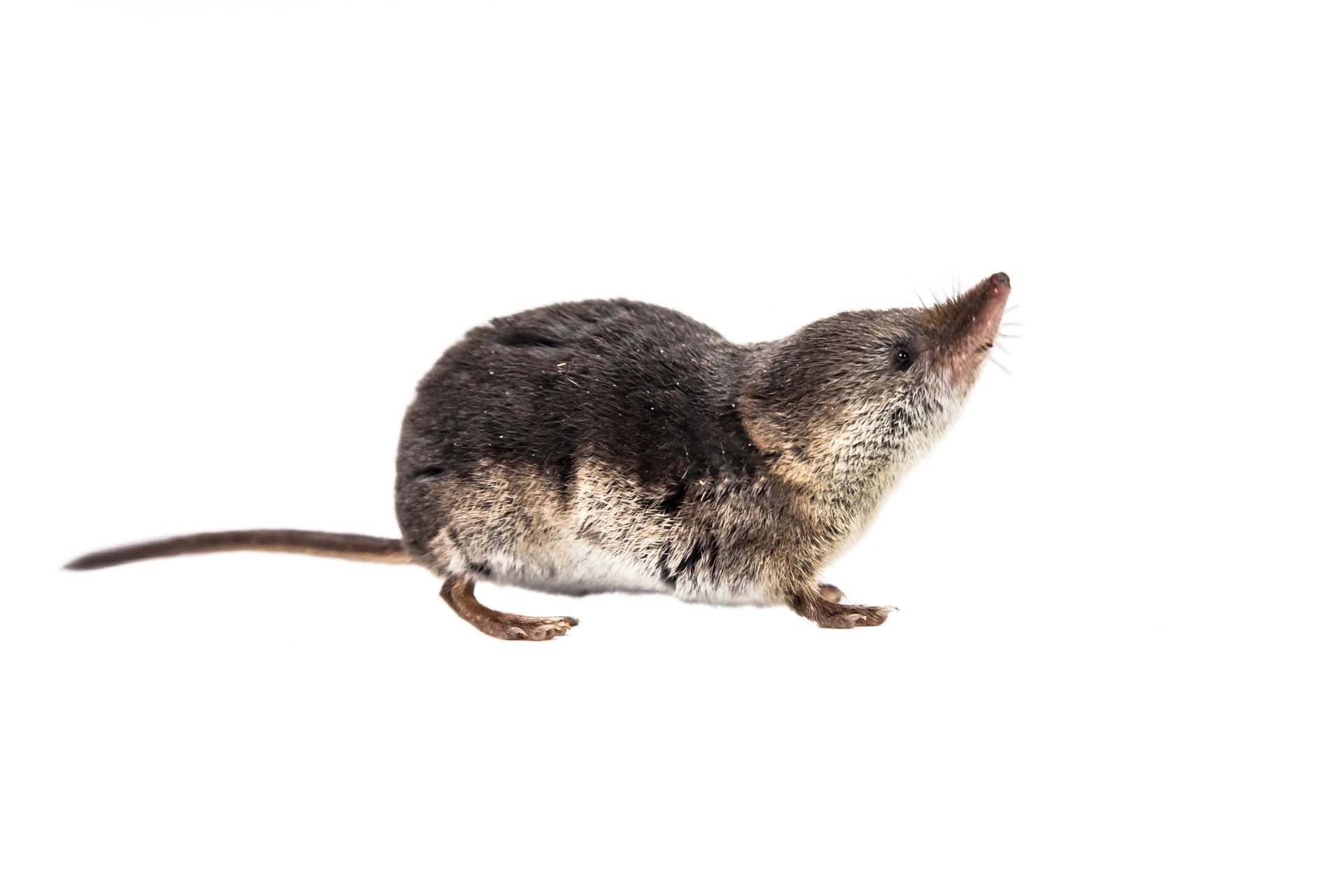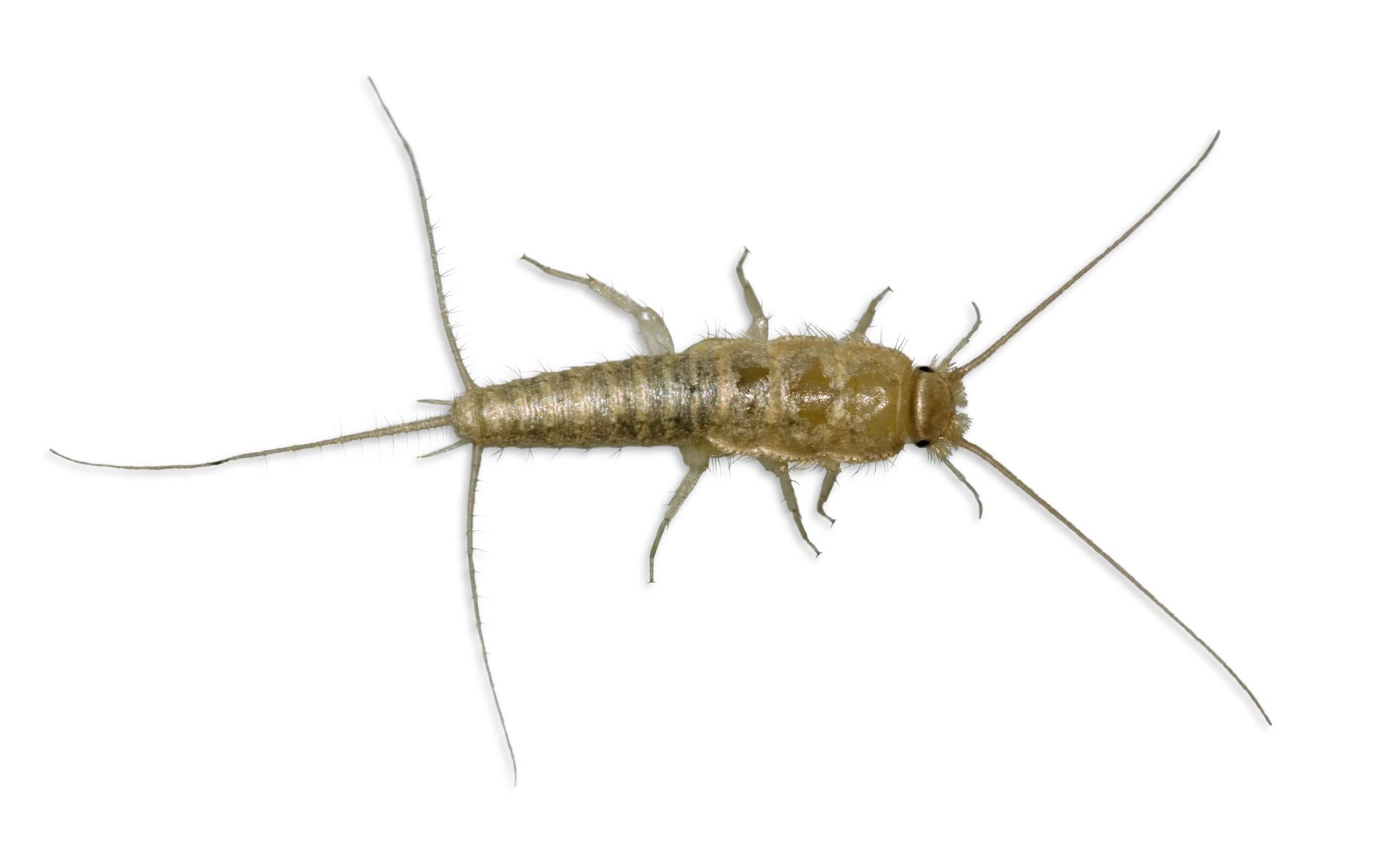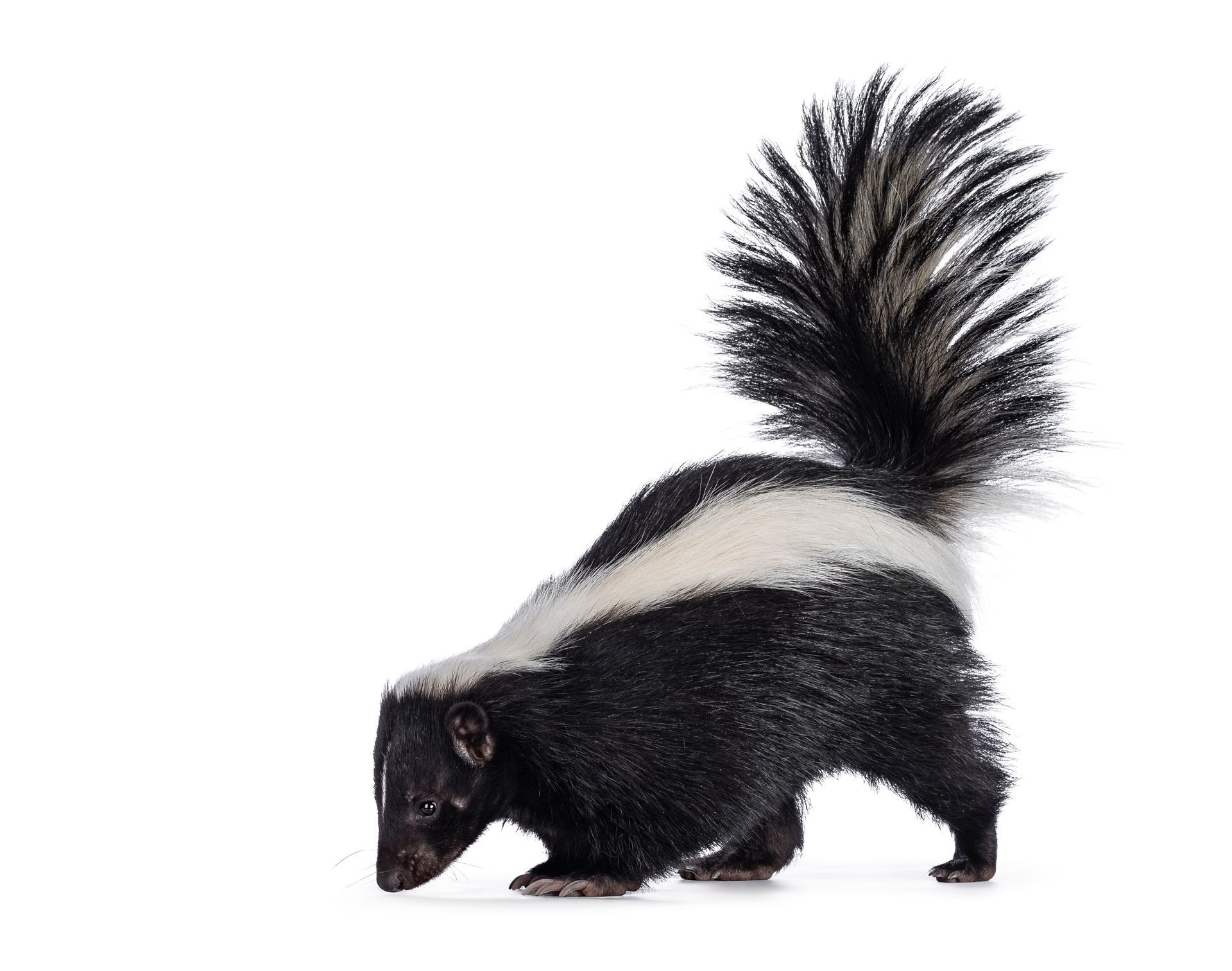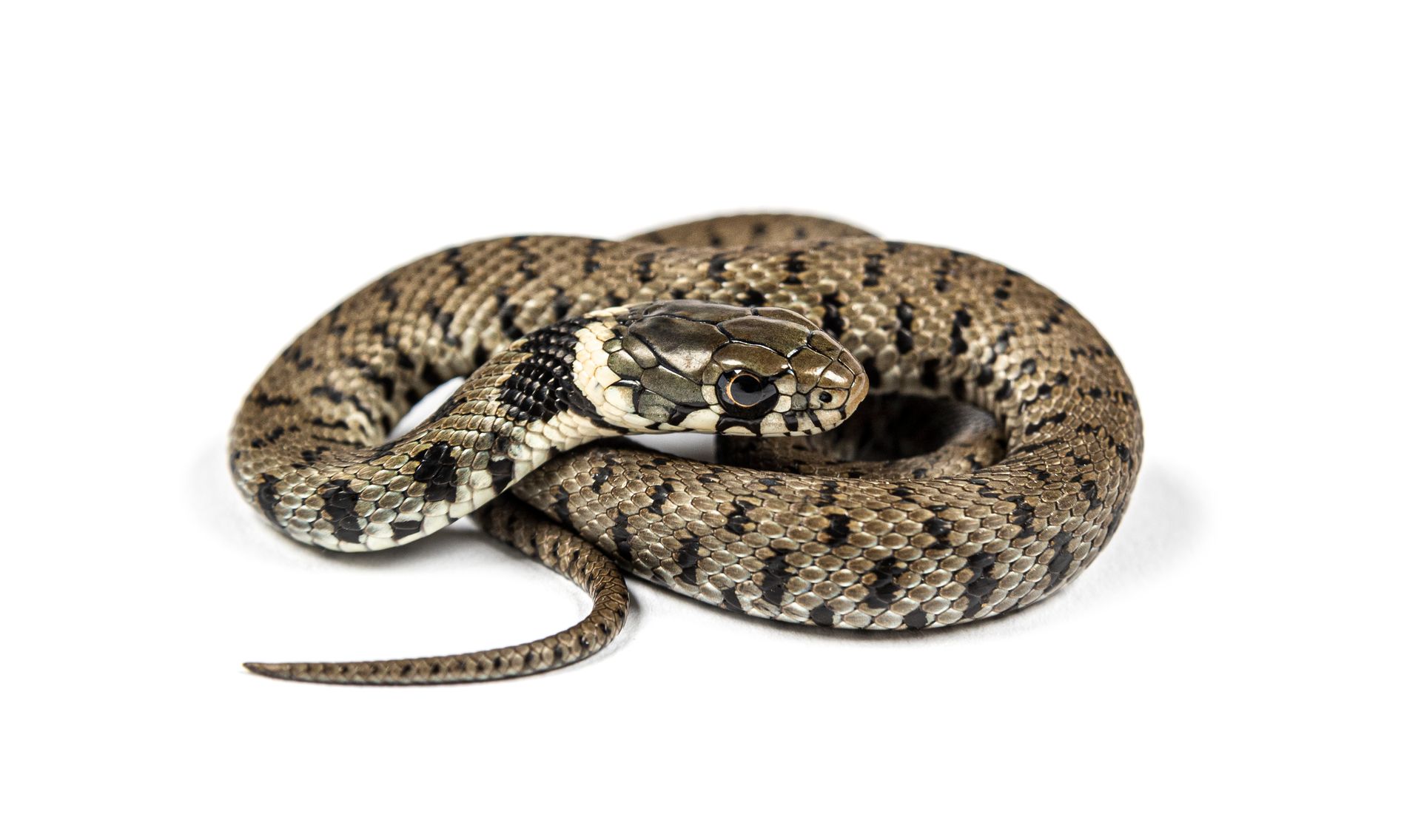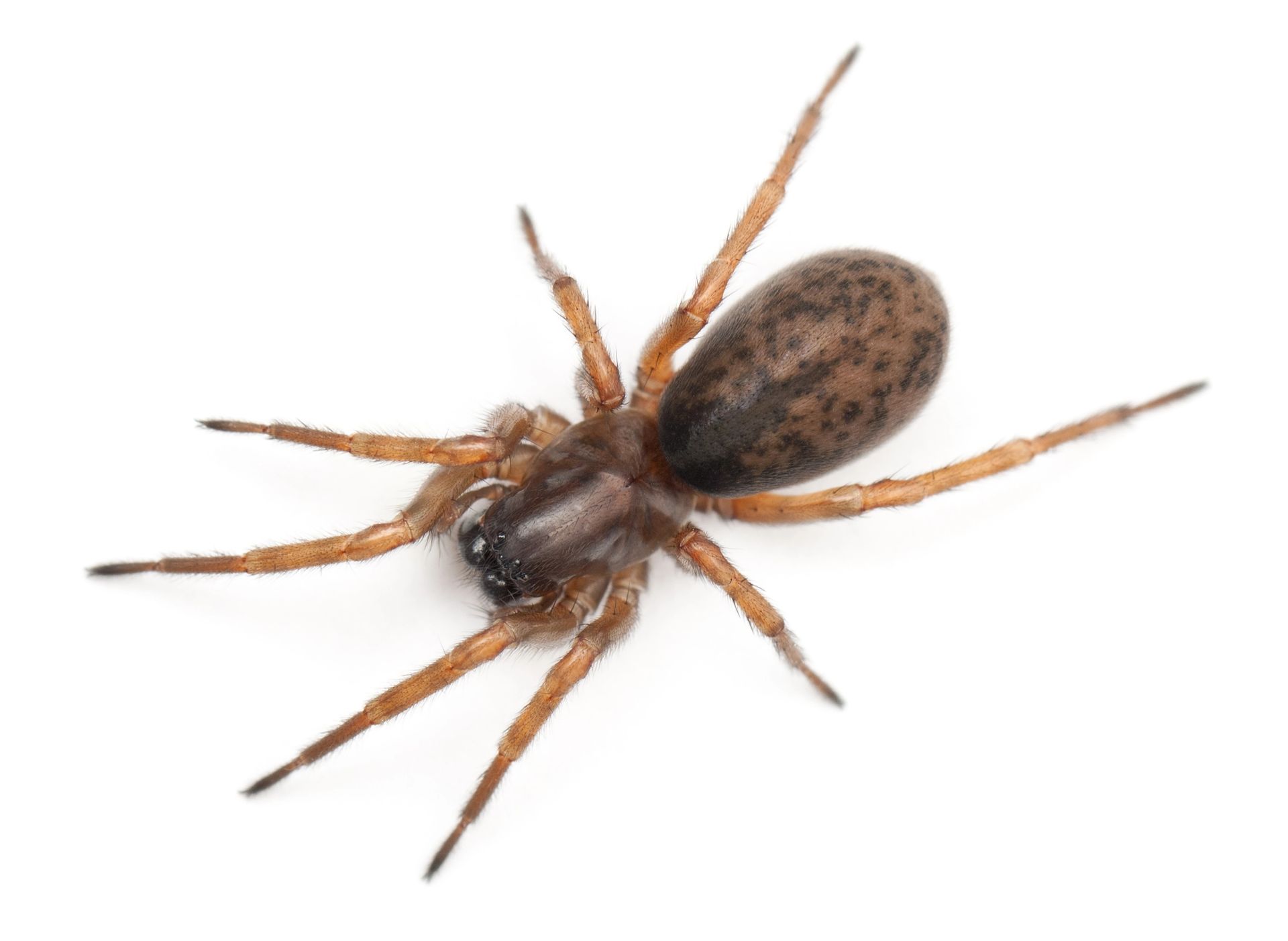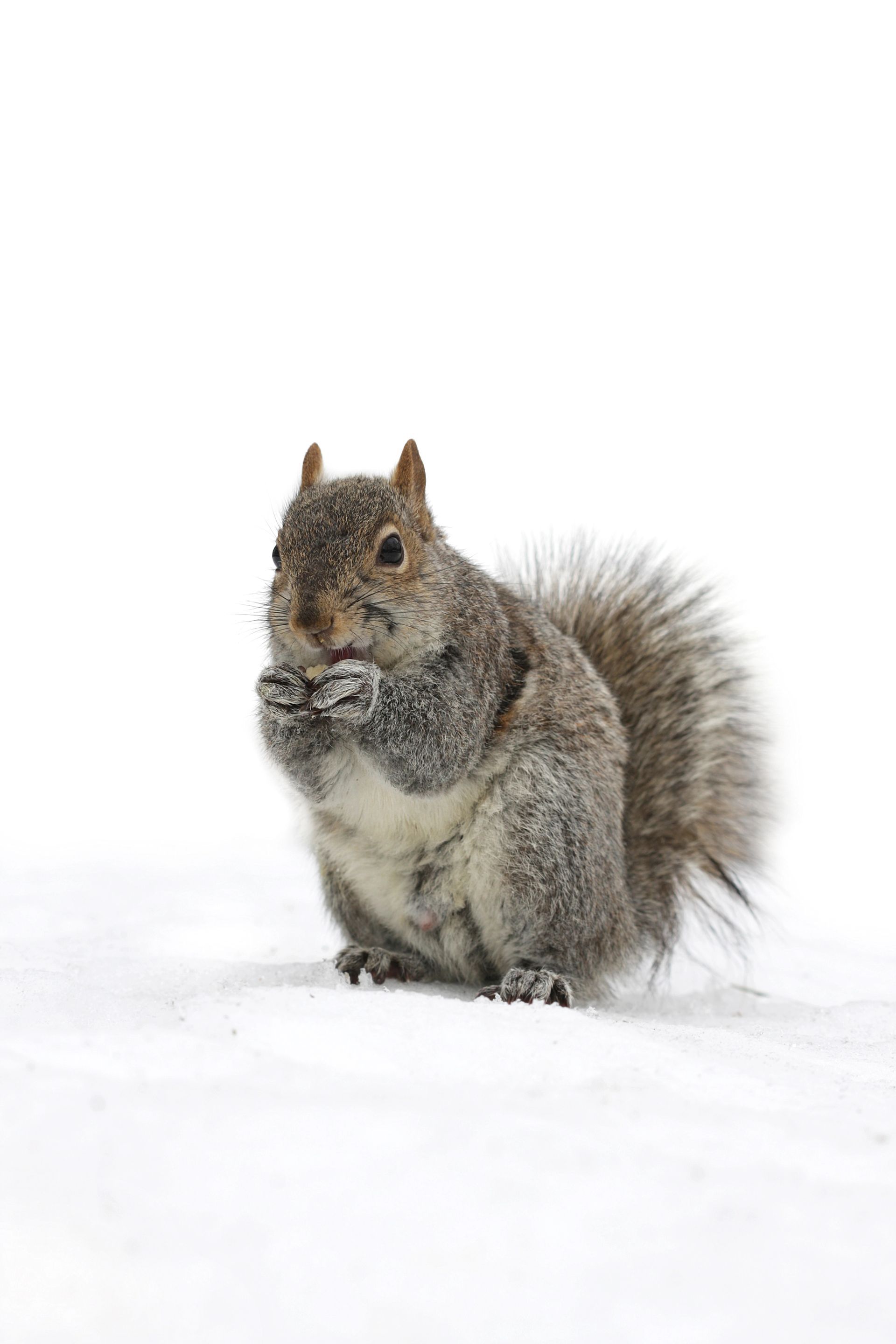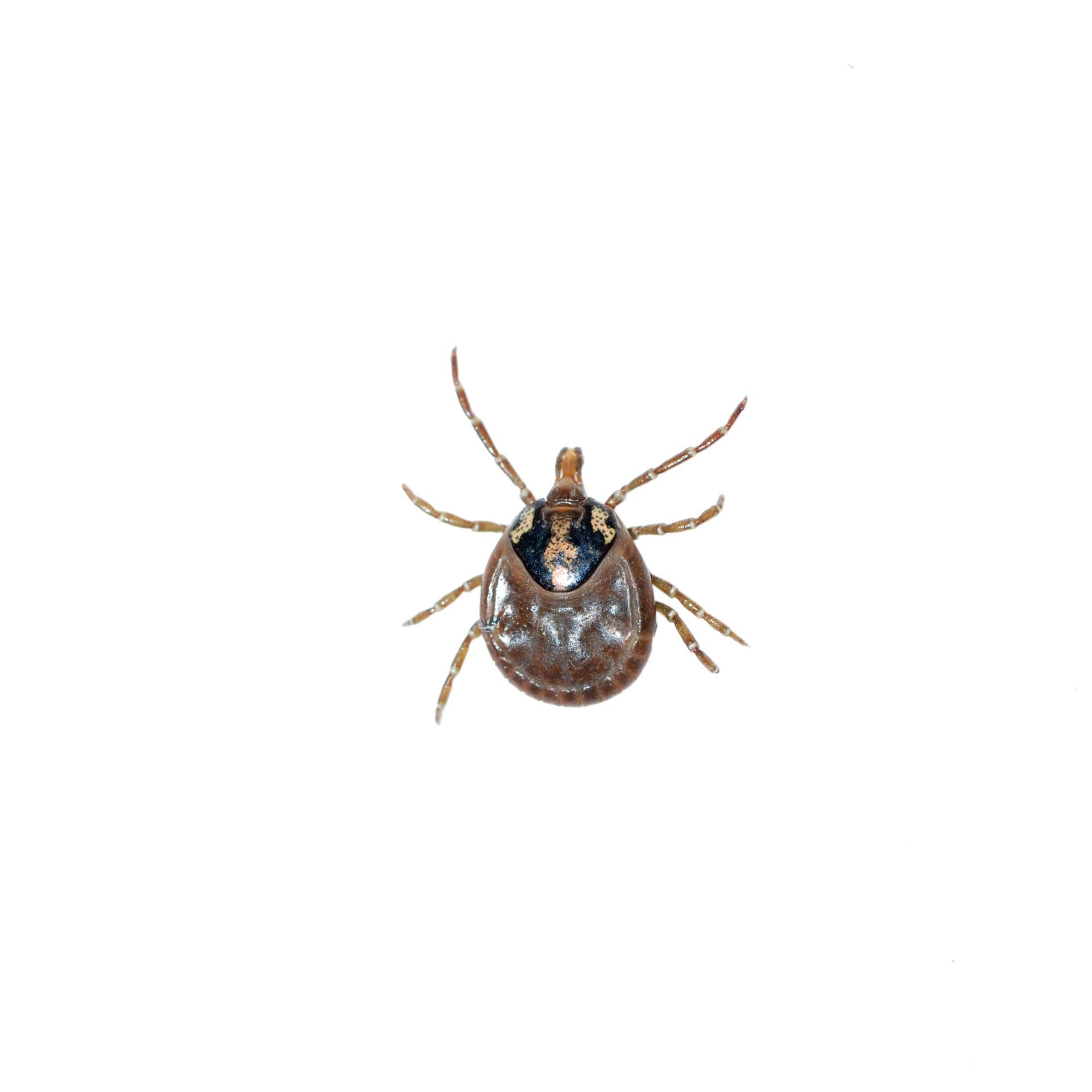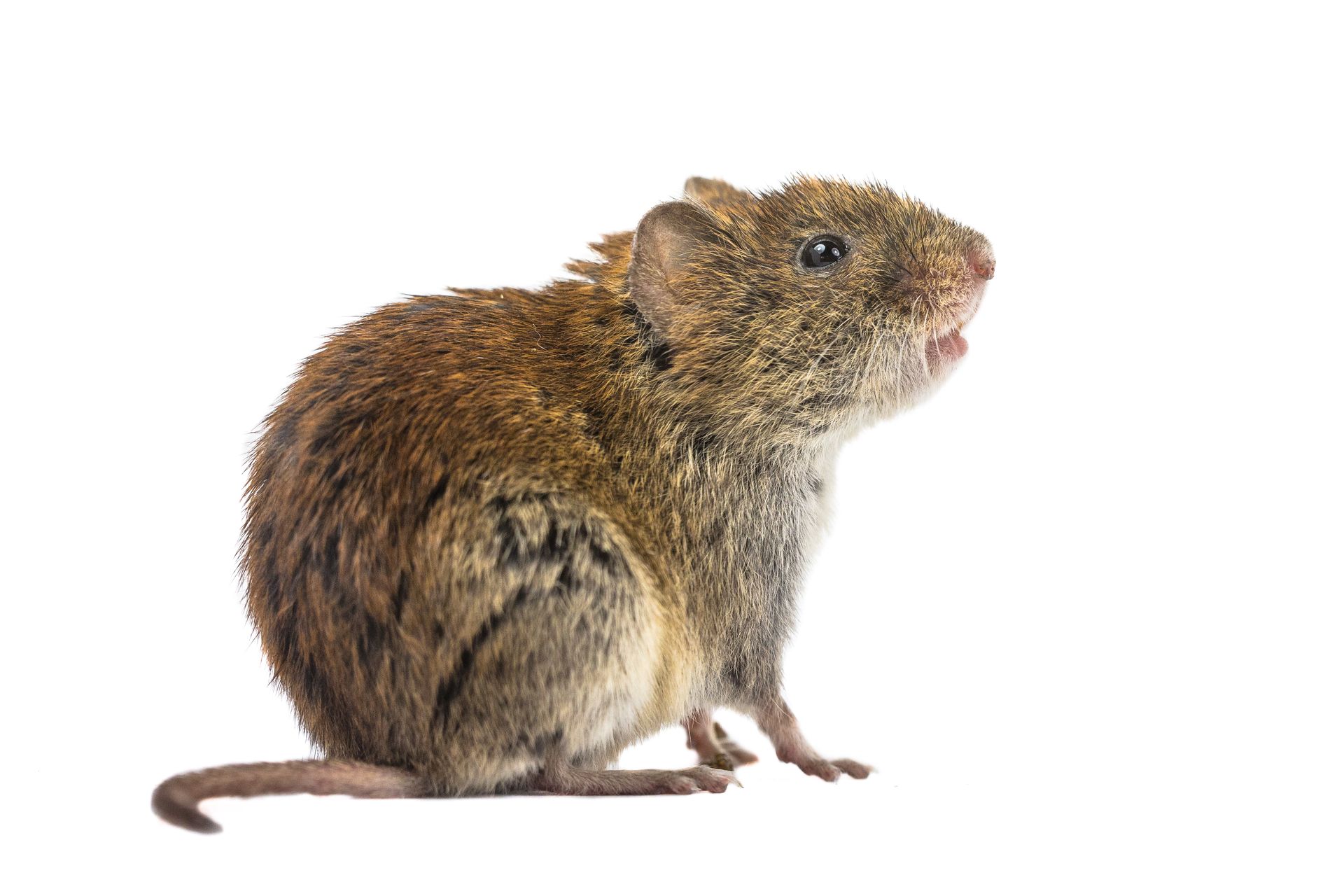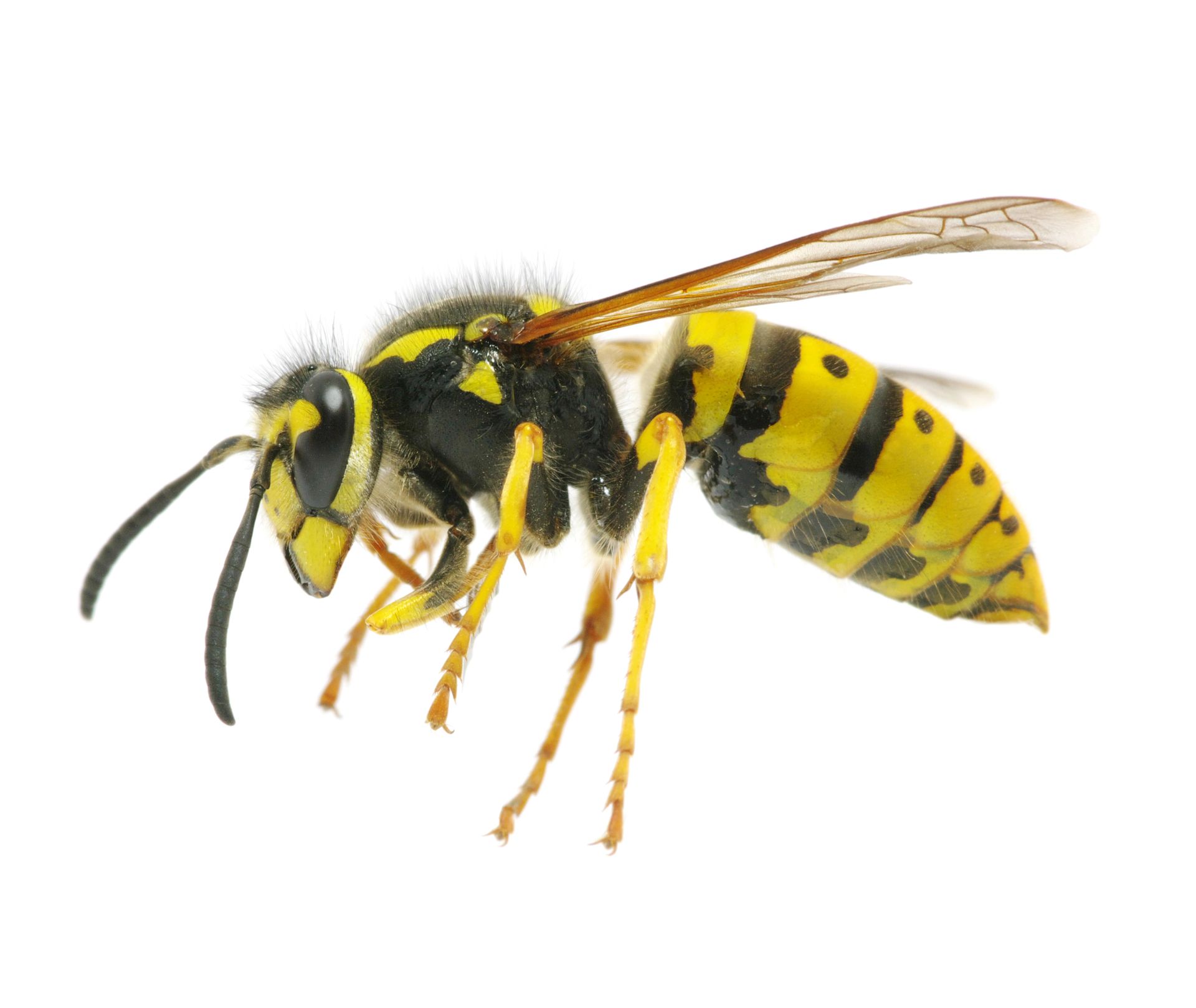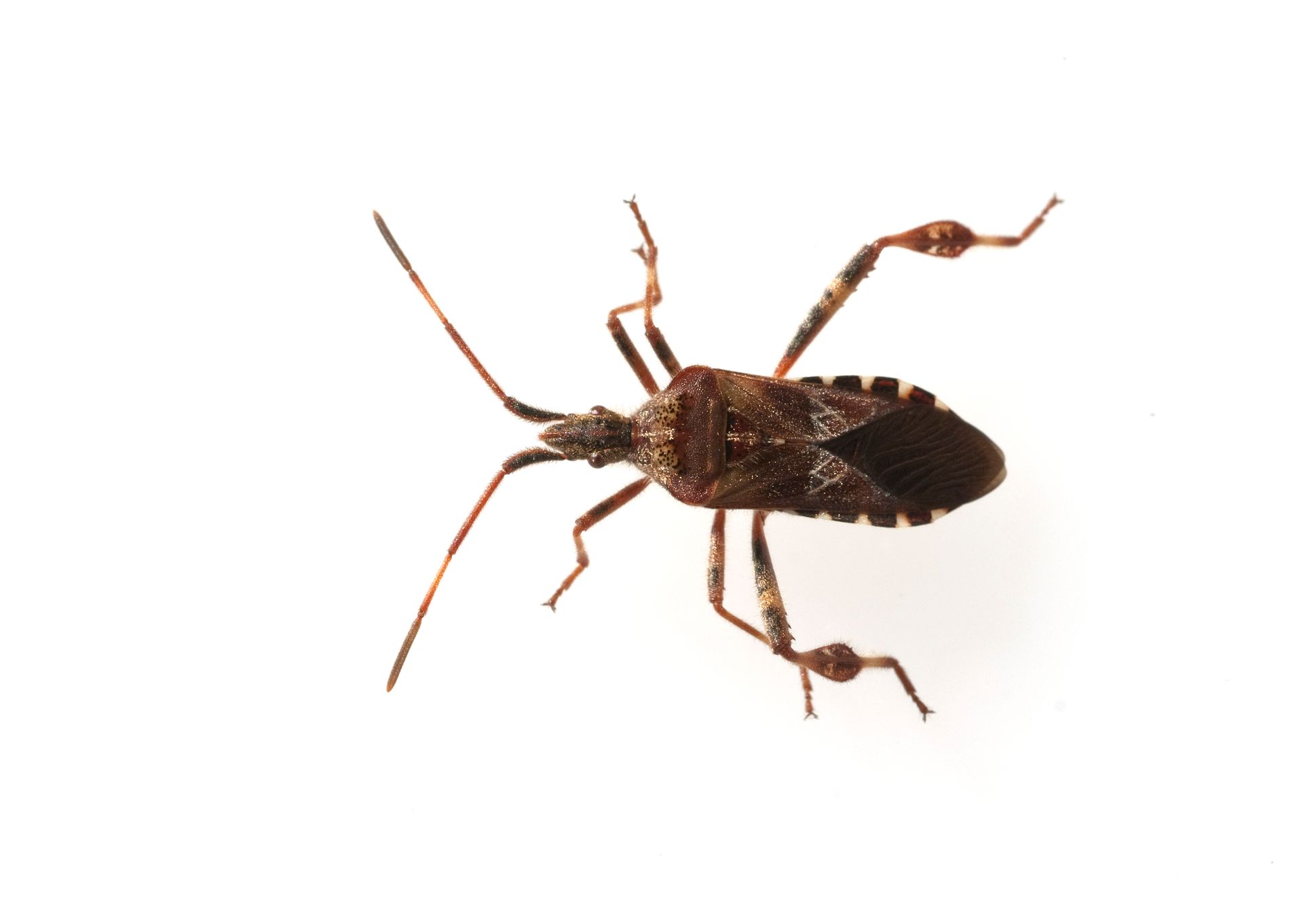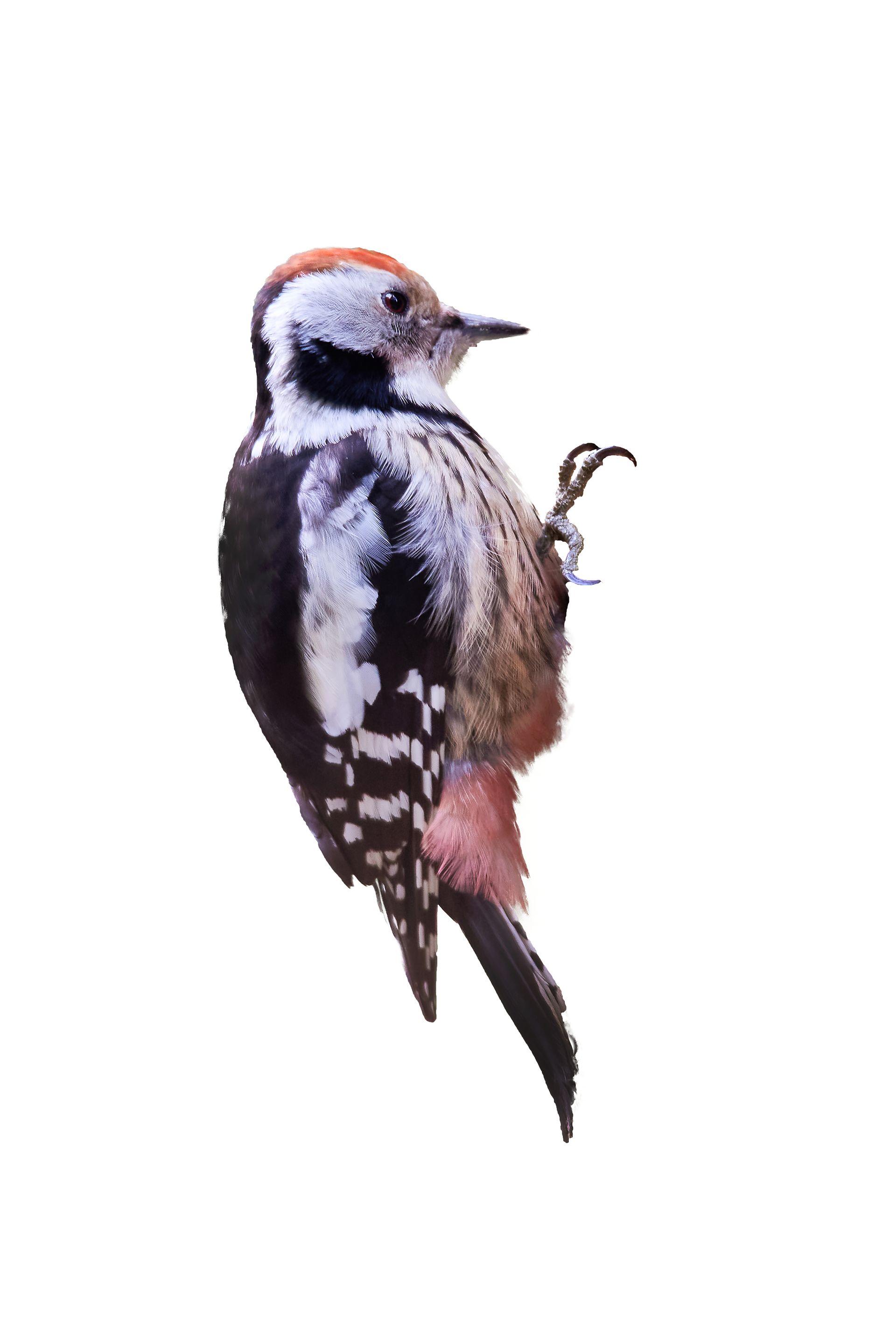Understanding Shrews in Wisconsin
Shrews are small, mole-like mammals commonly found in Wisconsin. While they play a beneficial role in the ecosystem by controlling insect populations, their presence in homes and buildings can be problematic. Understanding where shrews are typically found, what attracts them to indoor environments, and why they are unsuitable for homes and buildings is essential for effective management and prevention.
Characteristics and Habitats of Shrews
Shrews are small, with pointed snouts, tiny eyes, and dense fur. They are active year-round and are known for their high metabolism, which requires them to eat constantly.
Shrews are typically found in:
Outdoors:
Gardens and Yards: Shrews often inhabit gardens, lawns, and mulch beds where they can find insects, worms, and other small invertebrates to eat.
Woodlands and Fields: Shrews thrive in wooded areas, fields, and meadows with dense vegetation that provides cover and food sources.
Near Water Sources: Areas near streams, ponds, and wetlands are also common habitats for shrews.
Indoors:
Basements and Crawl Spaces: Shrews may enter basements and crawl spaces seeking food and shelter, especially during colder months.
Garages and Sheds: These structures can provide a safe haven for shrews, particularly if they contain stored food or materials that attract insects.
Attics and Wall Voids: Though less common, shrews can find their way into attics and wall voids, especially if there are entry points from the outside.
Attractions in Homes and Buildings
Shrews are attracted to homes and buildings for several reasons:
Food Sources: Shrews feed on insects, worms, and other small invertebrates. Properties with abundant insect populations or accessible food sources can attract shrews.
Shelter: Homes provide warm and protected environments that are ideal for shrews, especially during the winter months.
Moisture: Shrews are attracted to damp areas where their prey is abundant, such as basements, crawl spaces, and bathrooms.
Why Shrews Are Not Suitable for Homes and Buildings
While shrews are beneficial in natural environments, their presence indoors is undesirable for several reasons:
Nuisance:
Unpleasant Odors: Shrews have scent glands that produce a strong, musky odor, which can be unpleasant when they infest indoor spaces.
Nocturnal Activity: Shrews are primarily nocturnal and can create noise and disturbances at night as they search for food.
Health Risks:
Bites and Scratches: Although shrews are not typically aggressive, they can bite or scratch if threatened, posing a risk of infection.
Parasites: Shrews can carry parasites such as fleas, mites, and ticks, which can infest homes and transmit diseases to humans and pets.
Property Damage:
Gnawing and Nesting: Shrews may gnaw on materials and create nests in insulation, causing damage to property.
Contamination: Shrews can contaminate food supplies and surfaces with their droppings and urine, leading to unsanitary conditions.
Prevention and Control
To prevent and control shrew infestations in homes and buildings, consider the following strategies:
Seal Entry Points:
Caulk Cracks and Gaps: Inspect and seal any cracks and gaps around windows, doors, and foundations to prevent shrews from entering.
Install Door Sweeps: Use door sweeps on exterior doors to close gaps that shrews could use to enter.
Maintain Cleanliness:
Proper Food Storage: Store food in airtight containers and clean up spills and crumbs promptly to reduce food sources for shrews.
Garbage Management: Use tightly sealed trash bins and dispose of garbage regularly.
Eliminate Moisture:
Fix Leaks: Repair any leaky faucets, pipes, and appliances to eliminate water sources.
Proper Ventilation: Ensure proper ventilation in areas prone to high humidity, such as basements and crawl spaces.
Use Traps and Baits:
Shrew Traps: Set shrew traps in areas where shrew activity is suspected, such as along walls and near food sources.
Bait Stations: Use bait stations with appropriate baits to control shrew populations, following all safety guidelines.
Professional Pest Control:
Inspection and Treatment: For severe infestations, contact a professional pest control service like BugBoss The X-Terminator for comprehensive shrew management. Professionals can identify nesting sites and apply targeted treatments.
Ongoing Prevention: Regular follow-up treatments and inspections help ensure that shrews do not return.
Understanding the habits and risks associated with shrews in Wisconsin is crucial for keeping your home or building free from these pests. If you suspect a shrew problem, taking swift action can prevent further issues and ensure a healthy living environment. Trust BugBoss The X-Terminator to provide expert advice and effective shrew control solutions tailored to your needs.
Local Pests & Wildlife in Wisconsin

